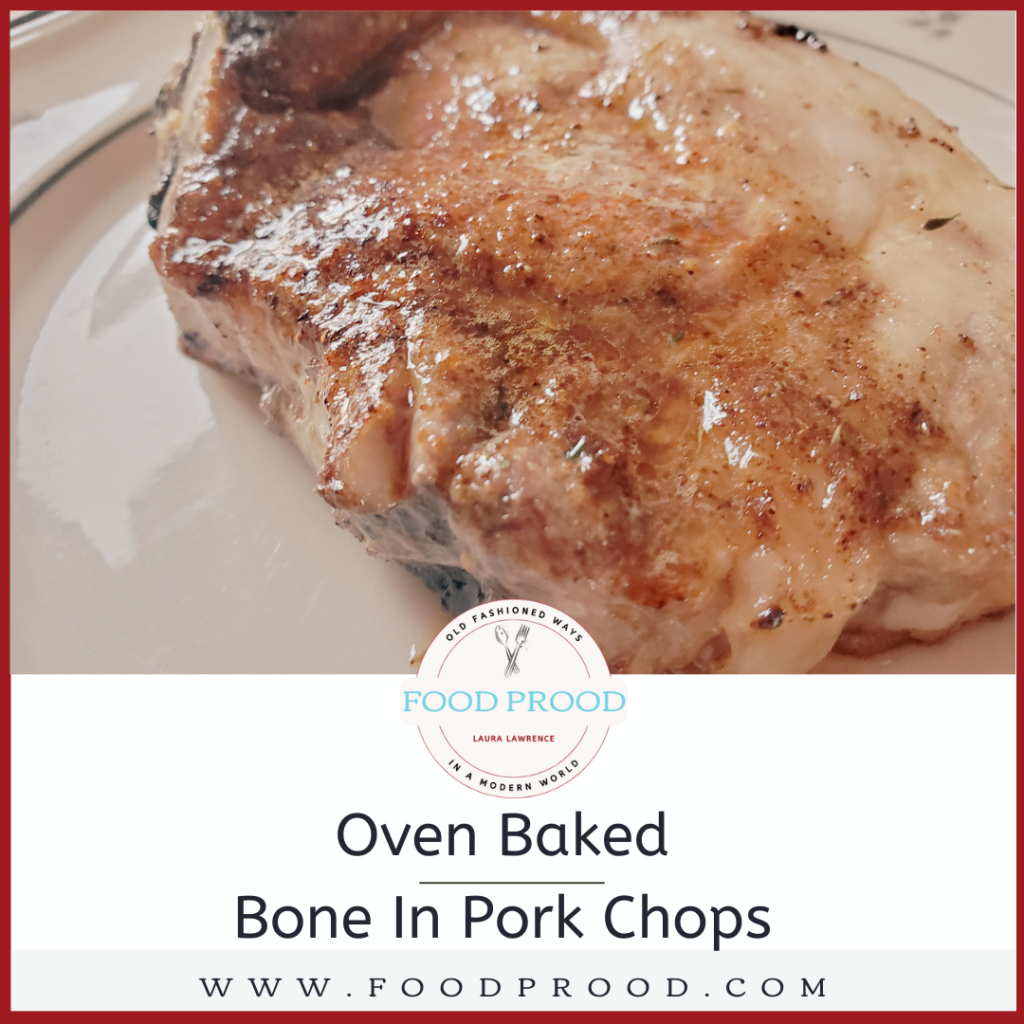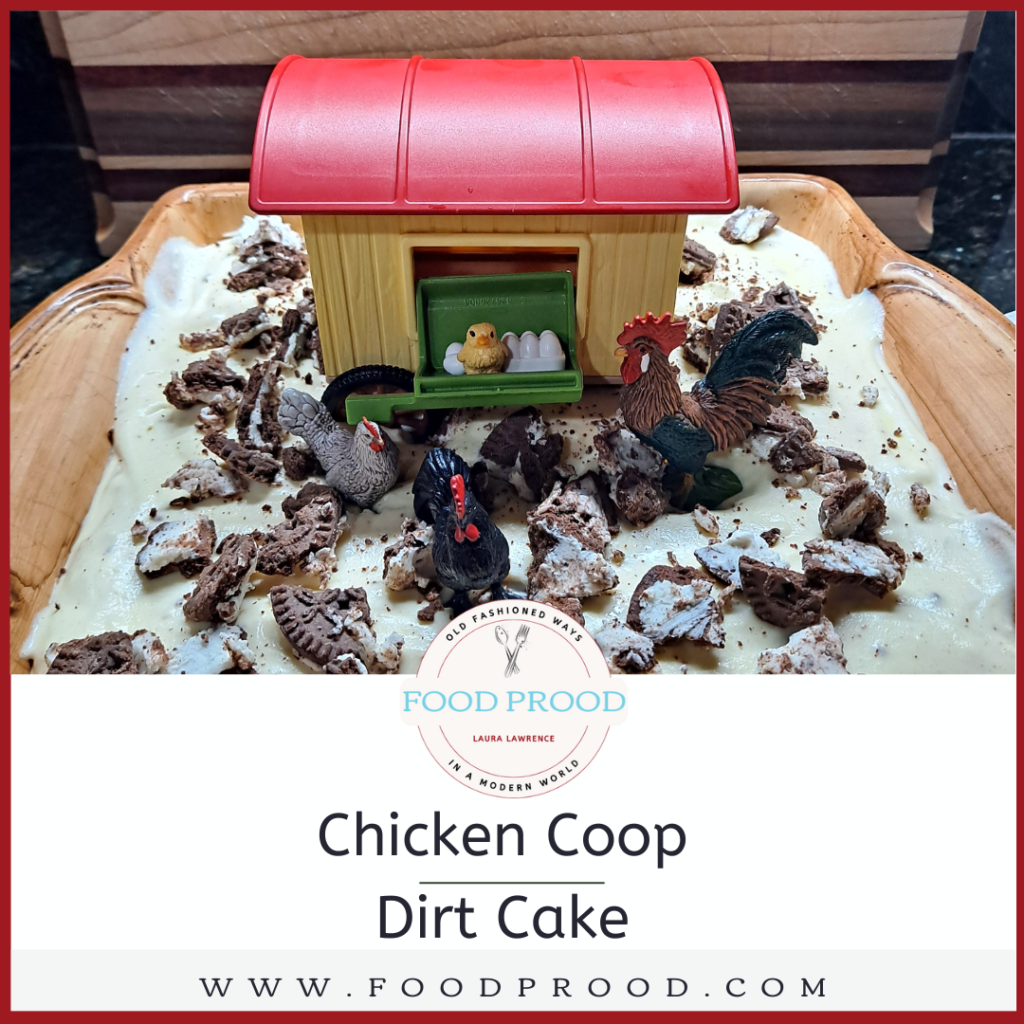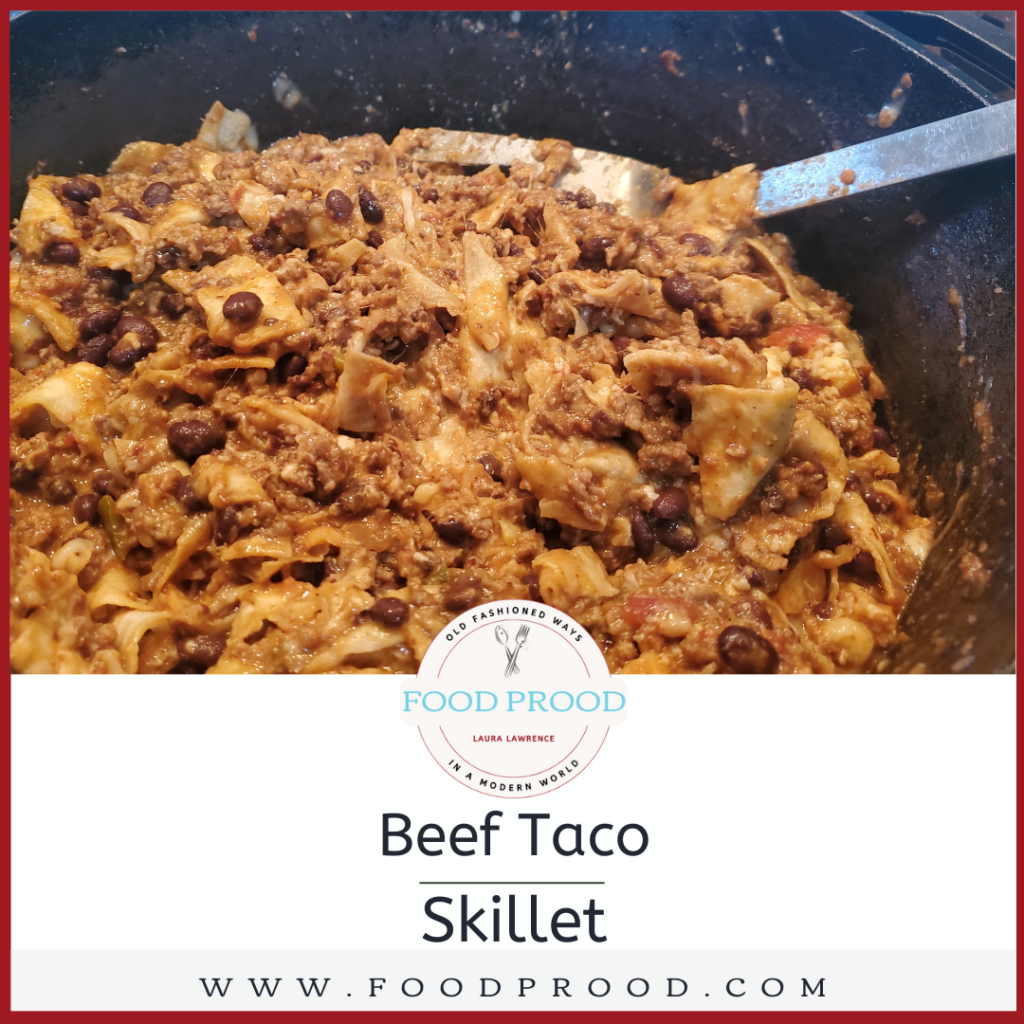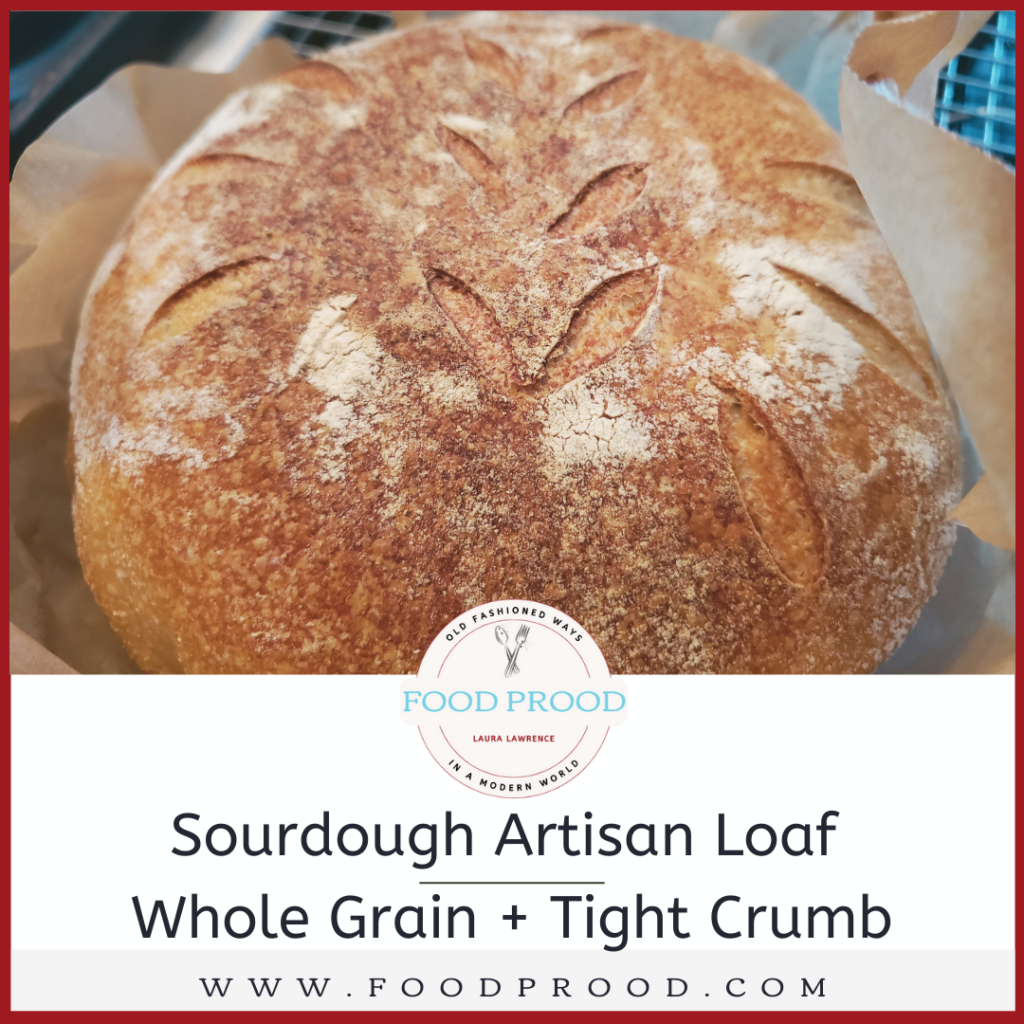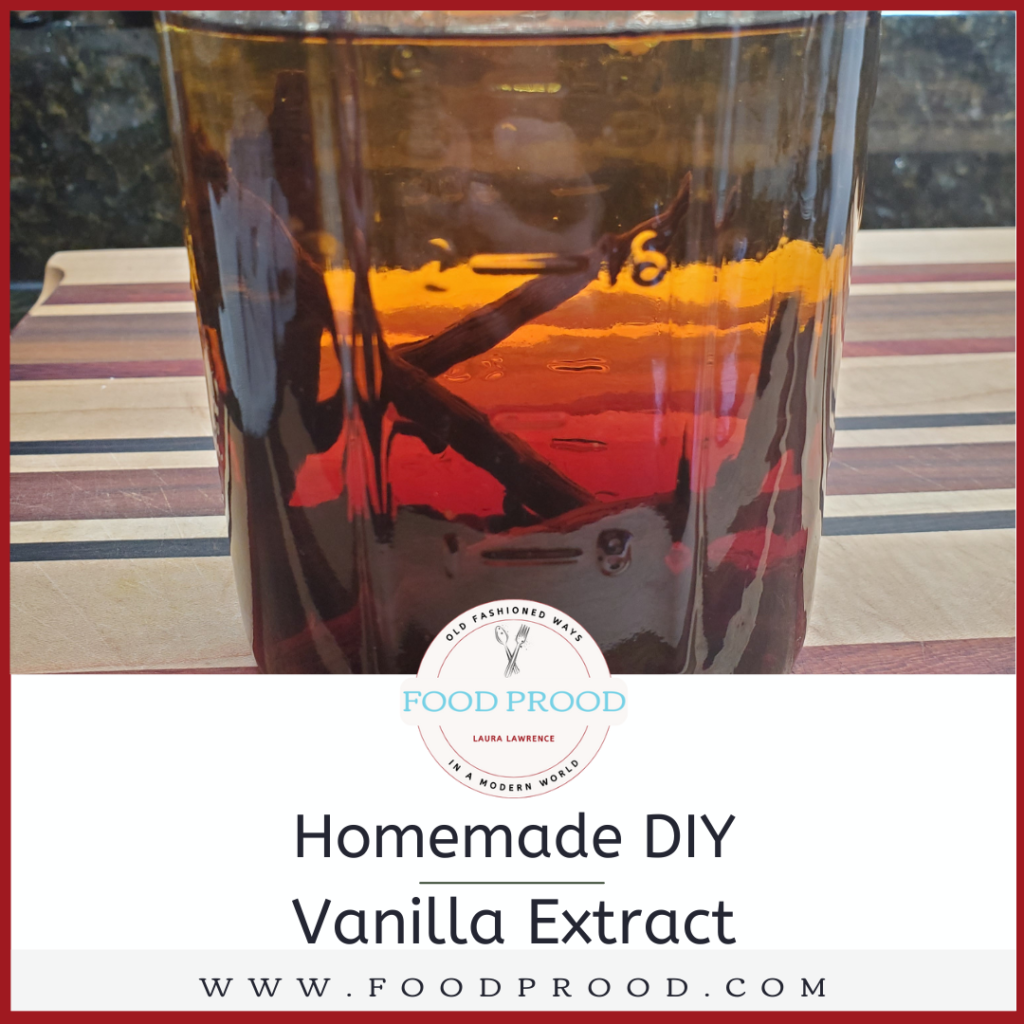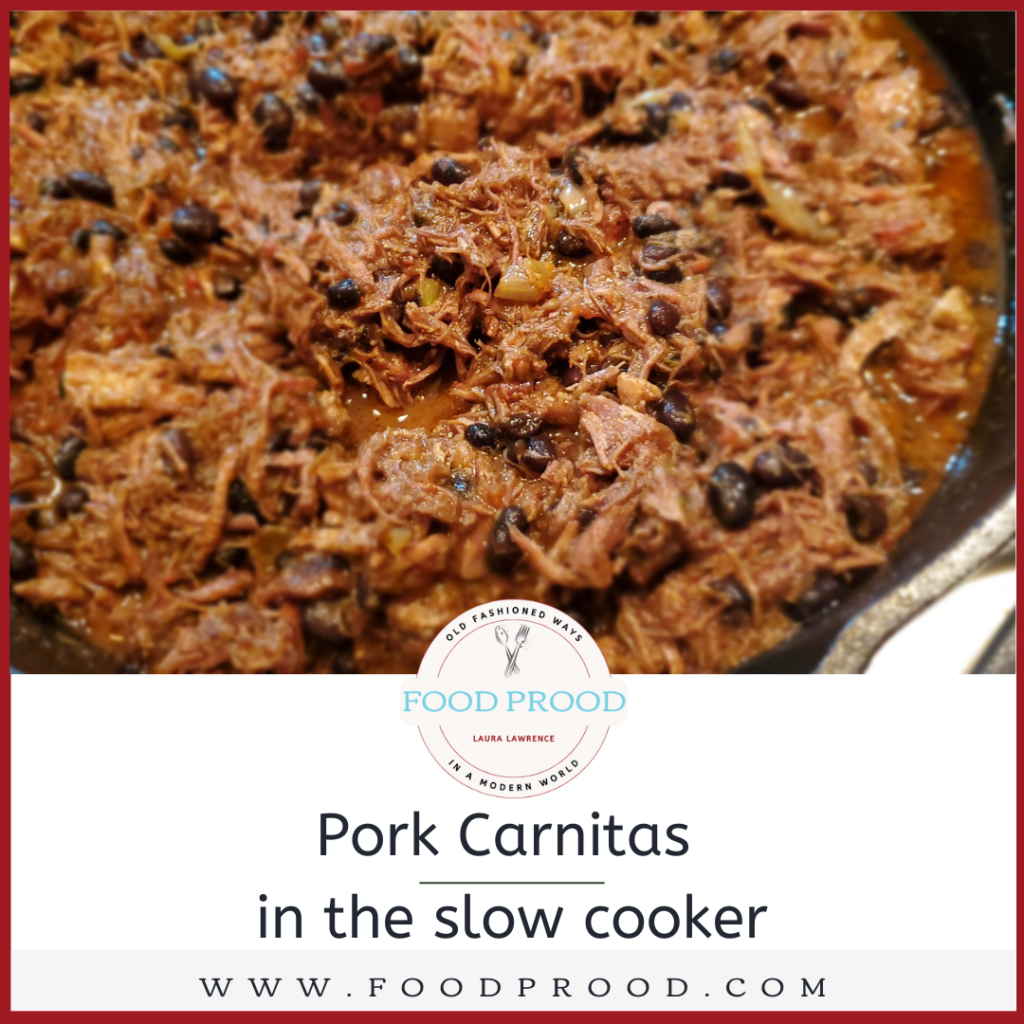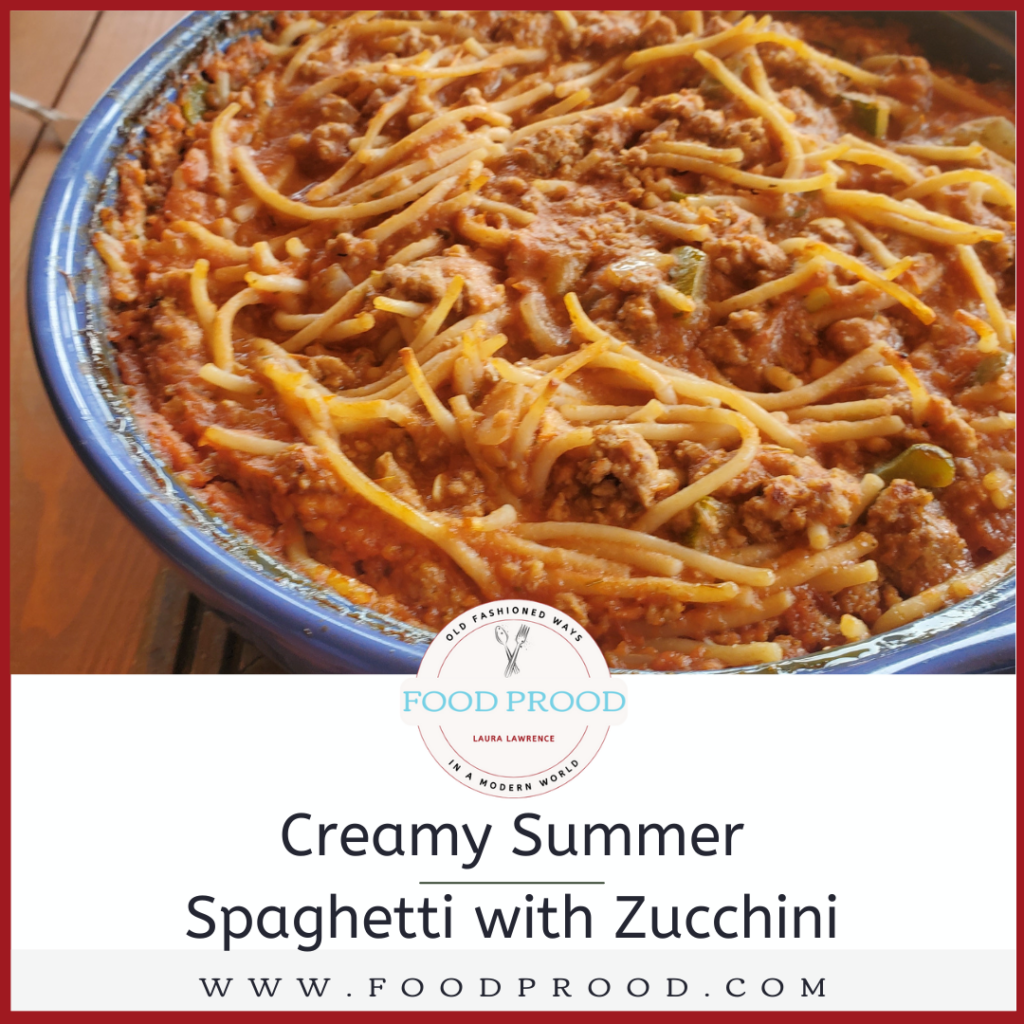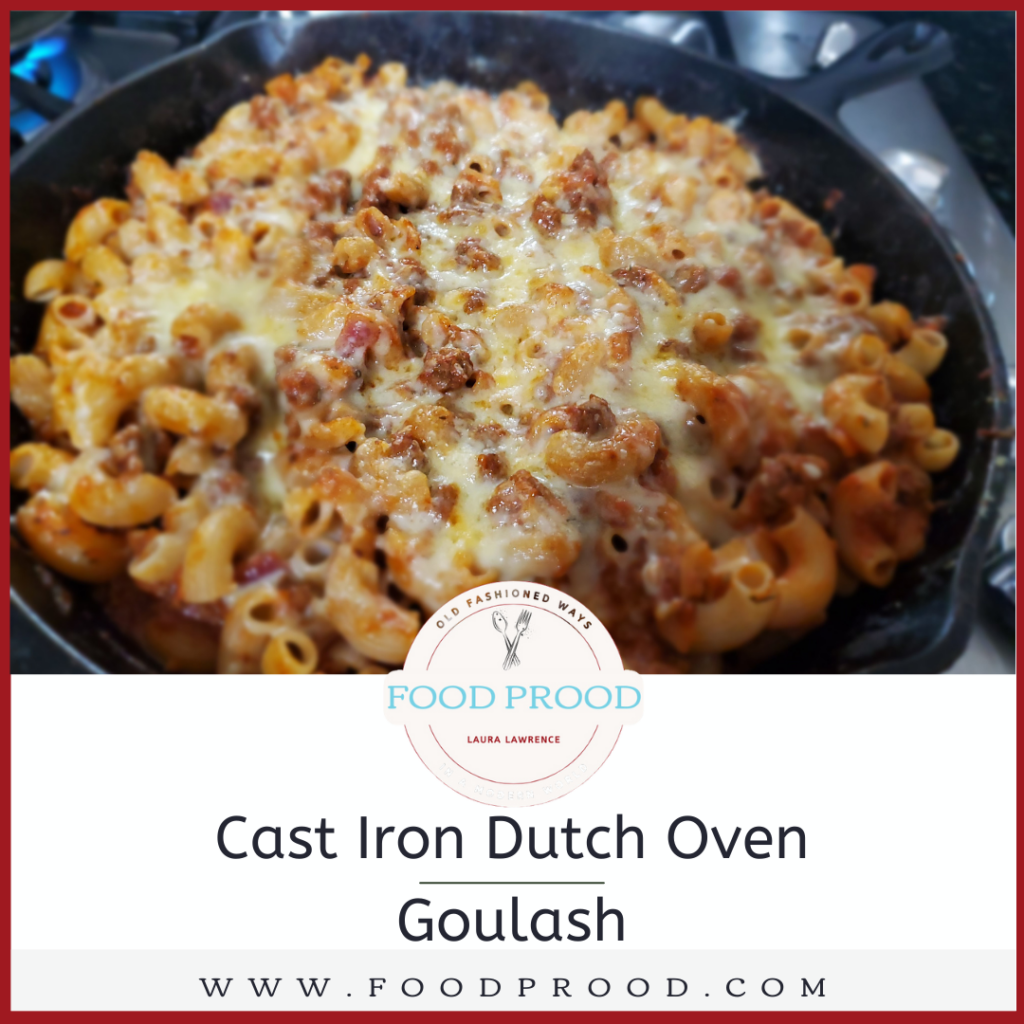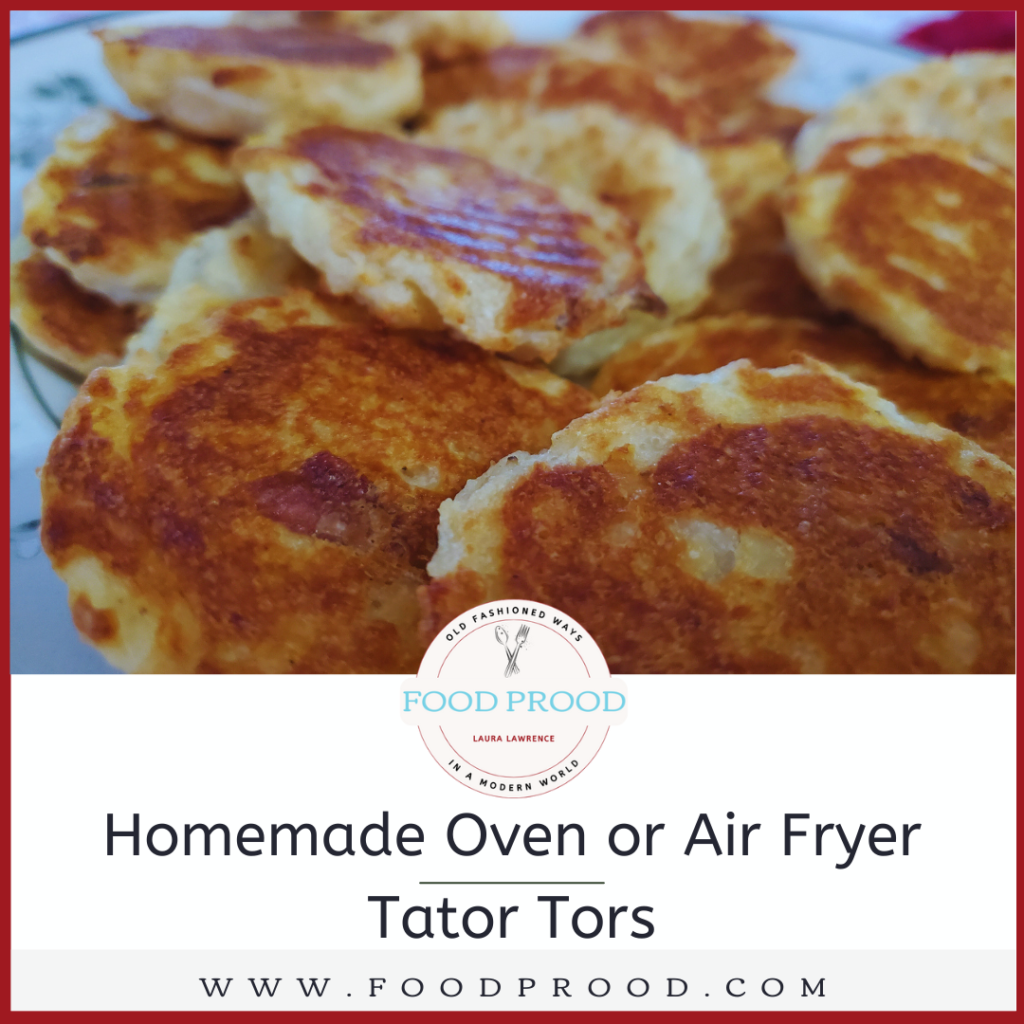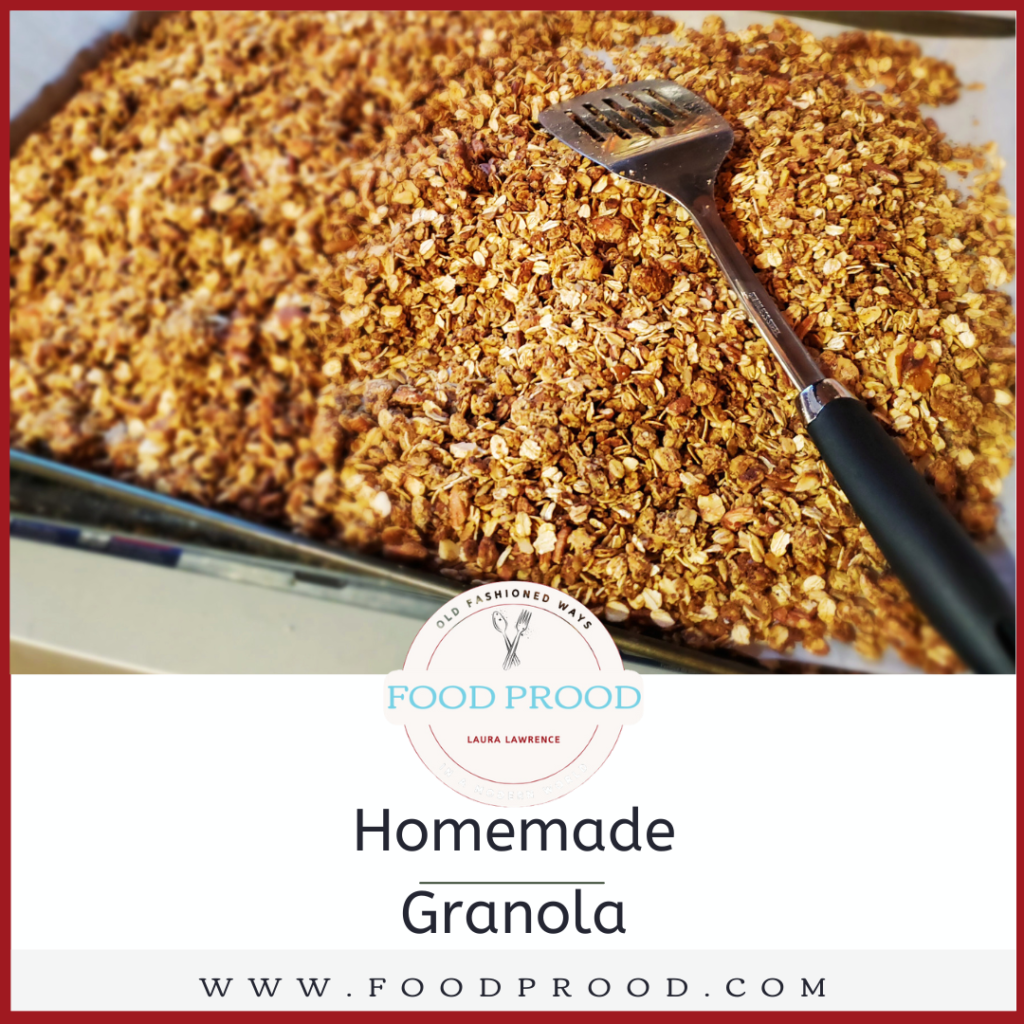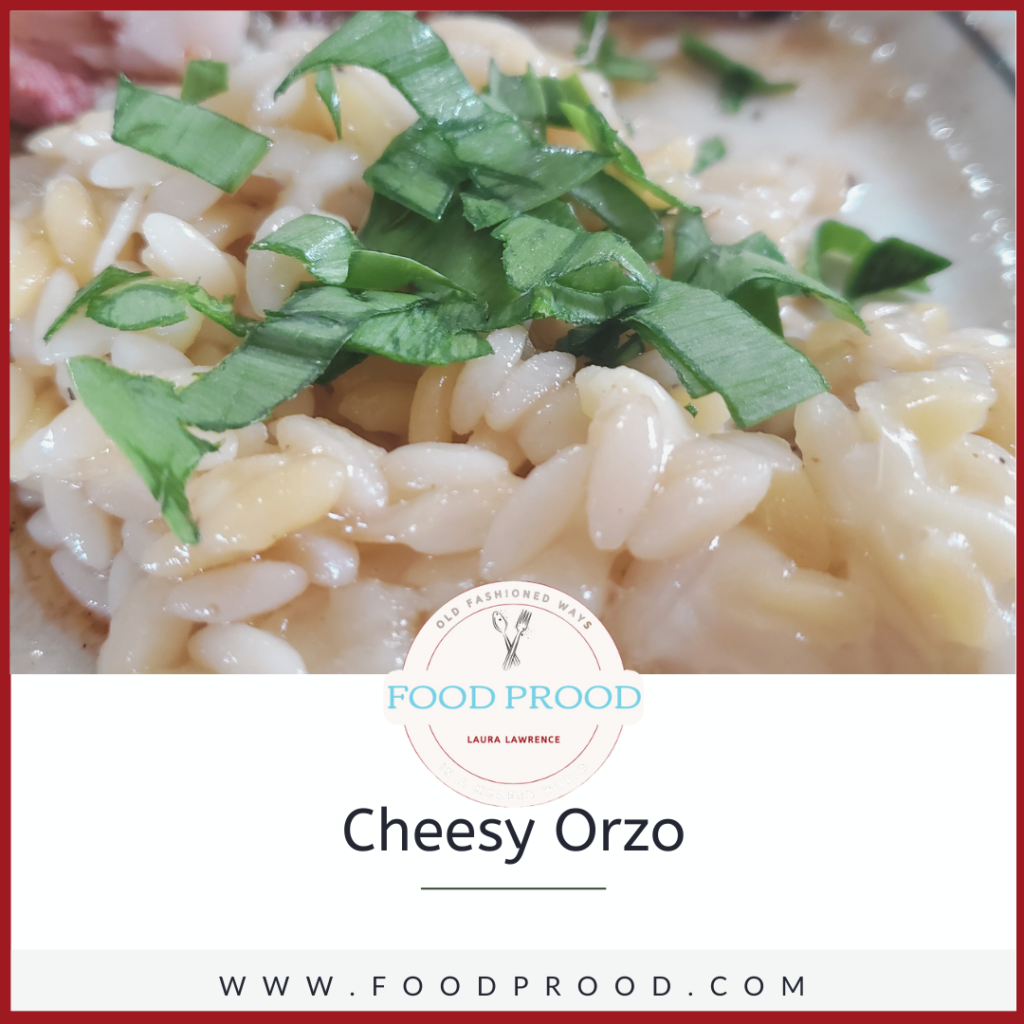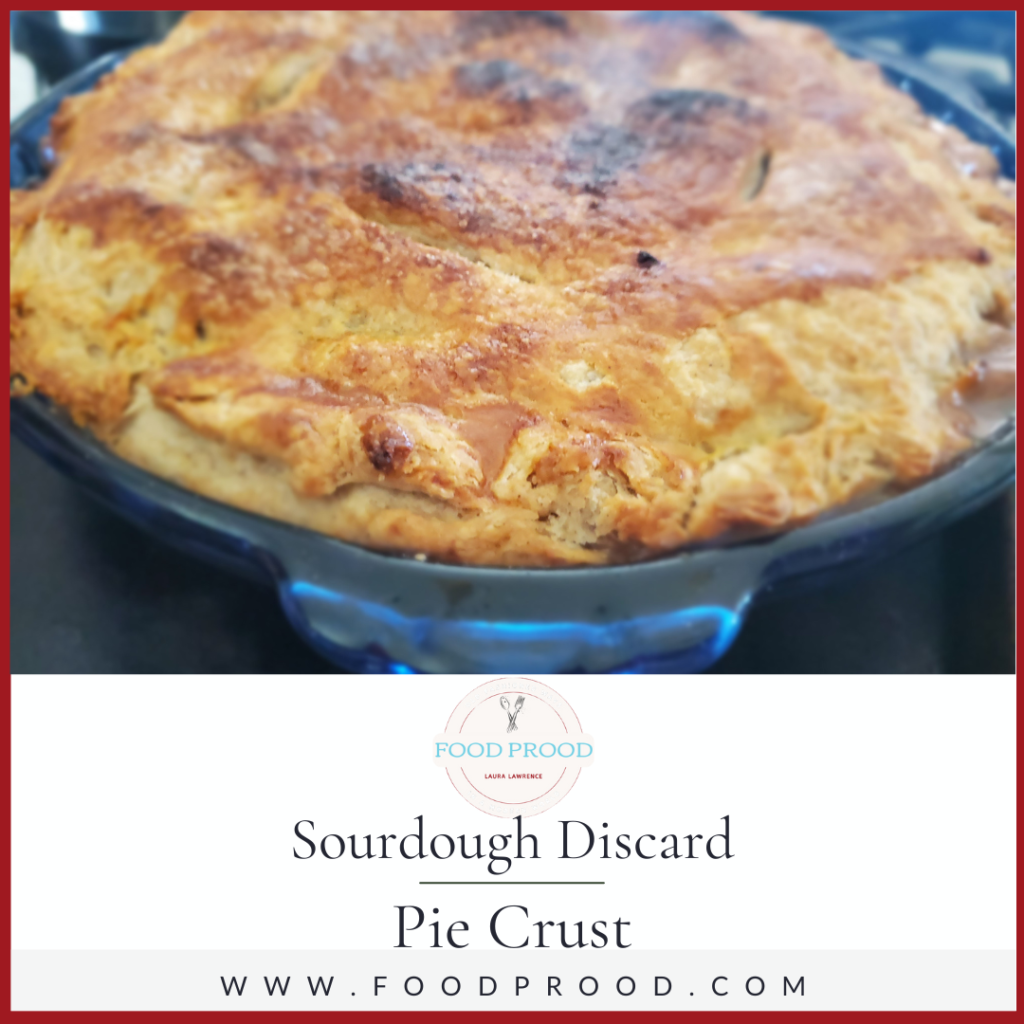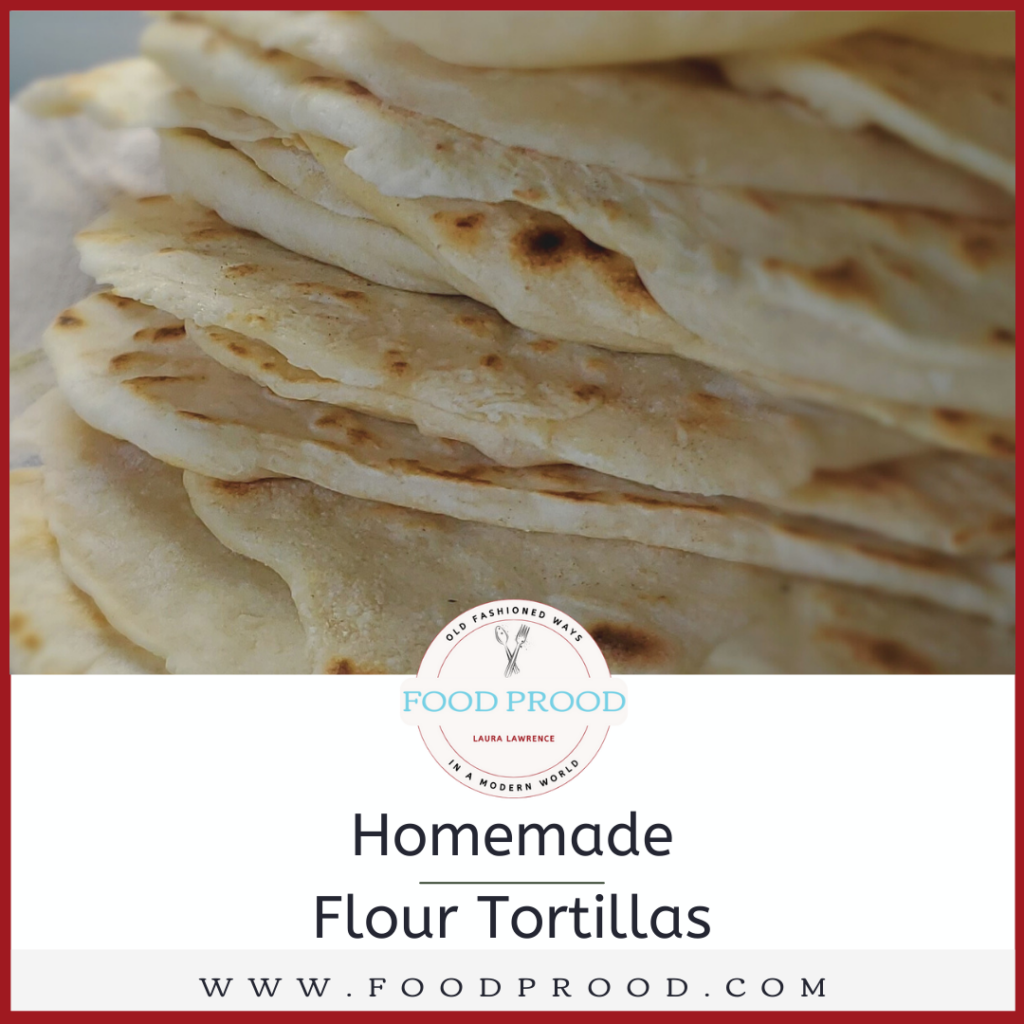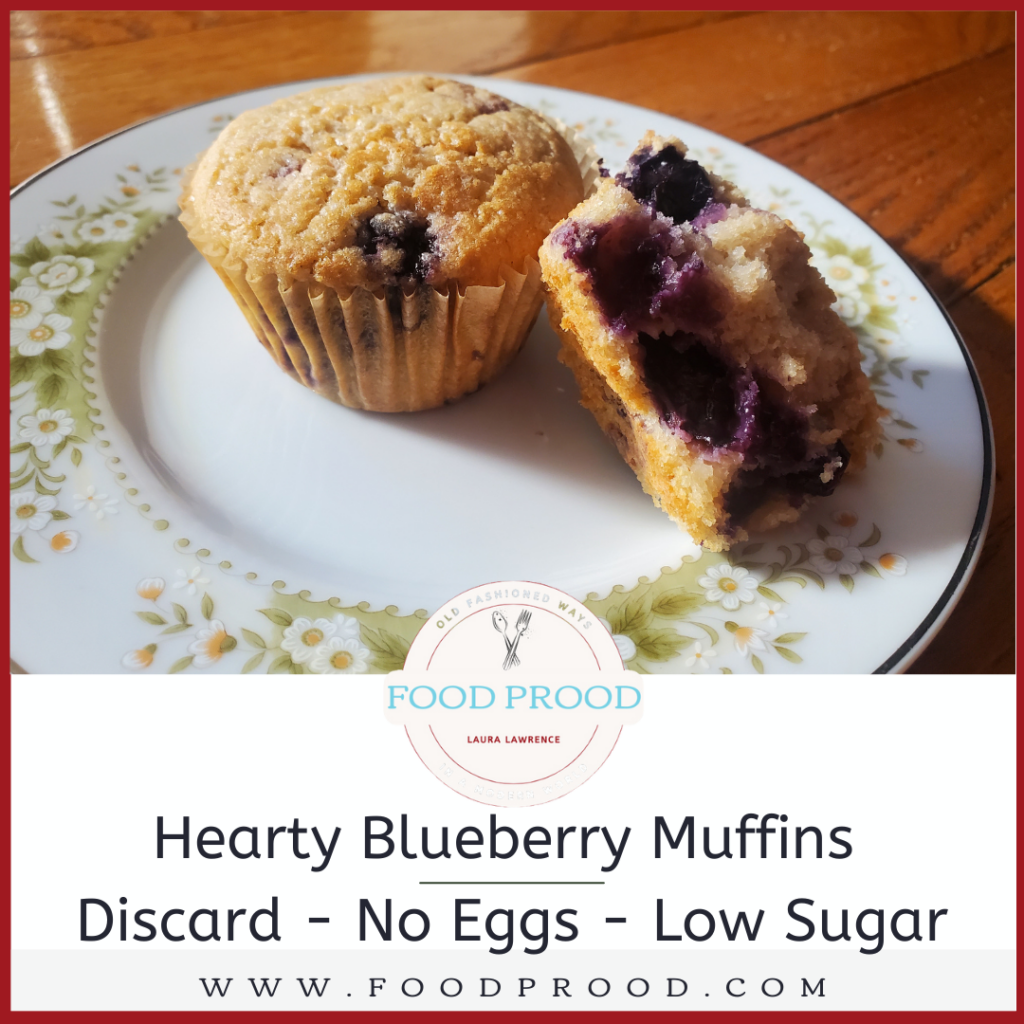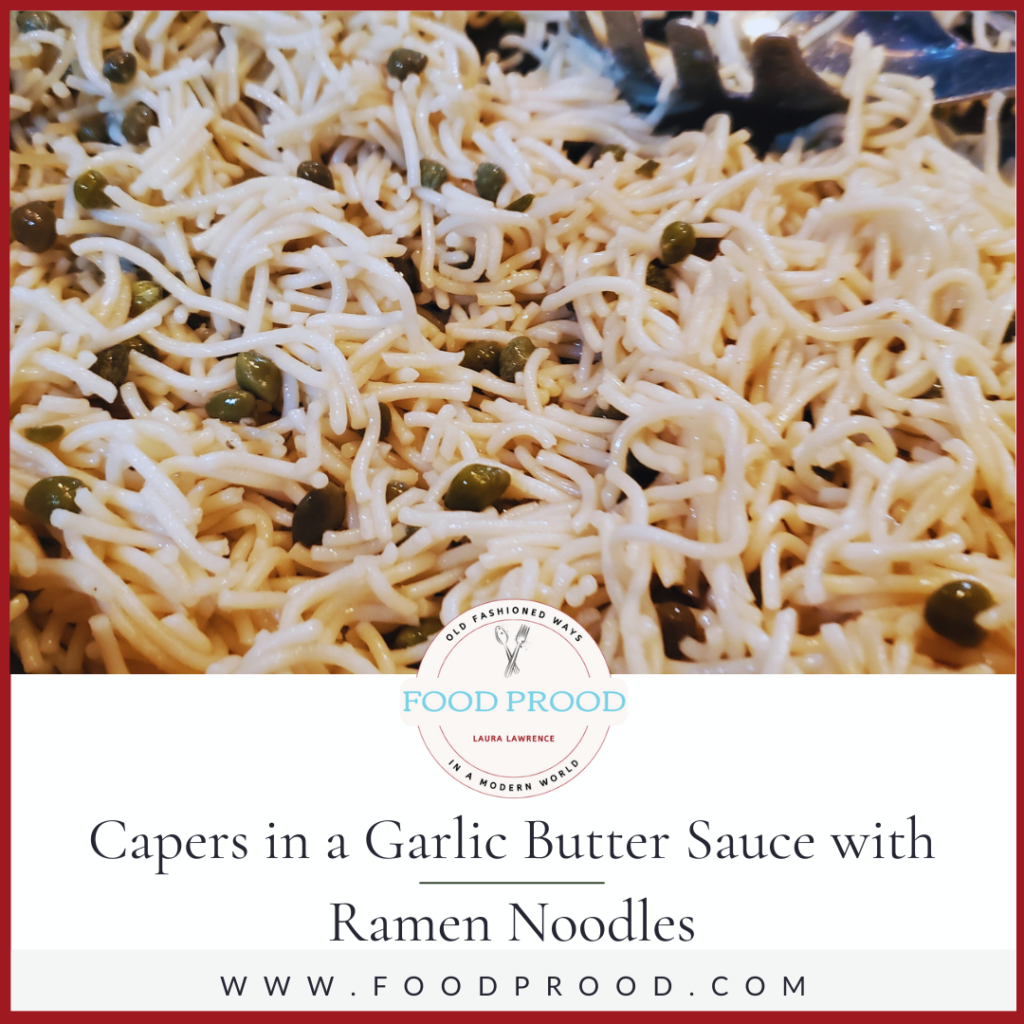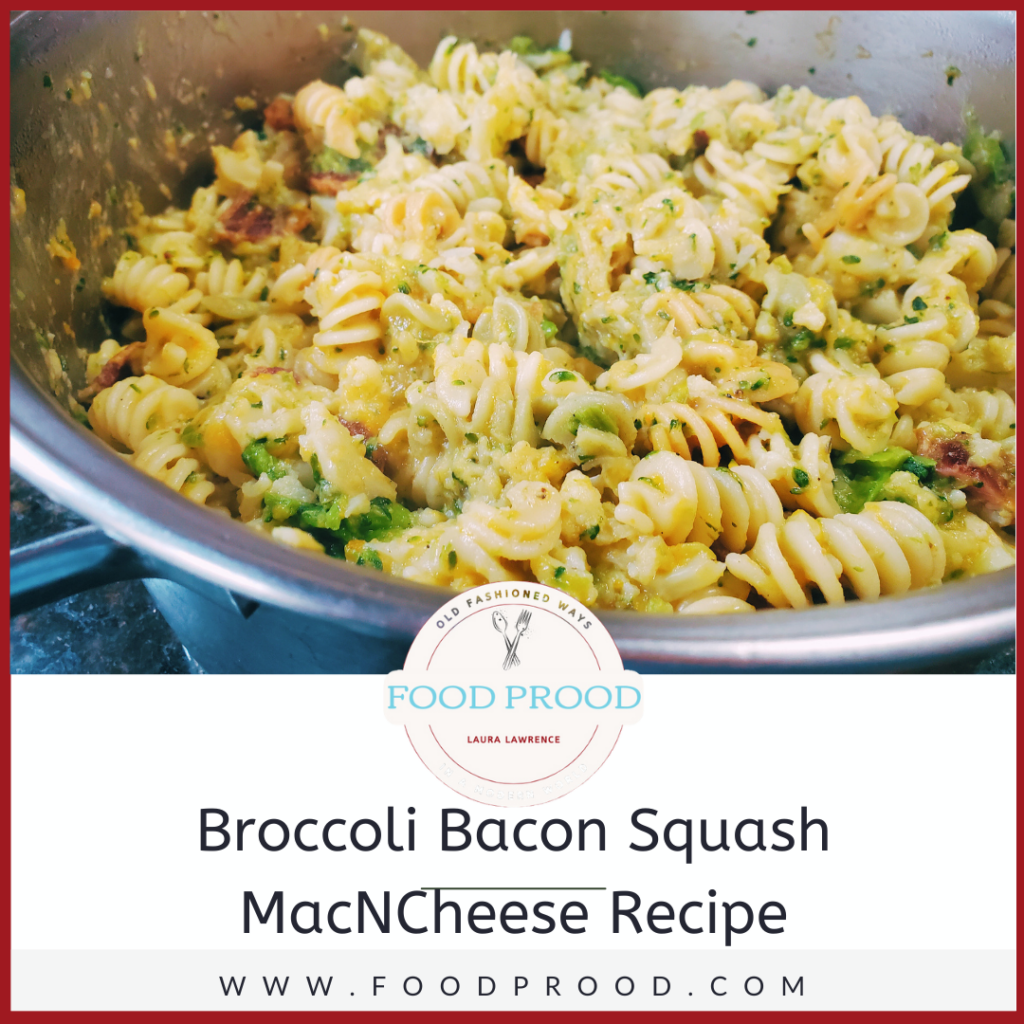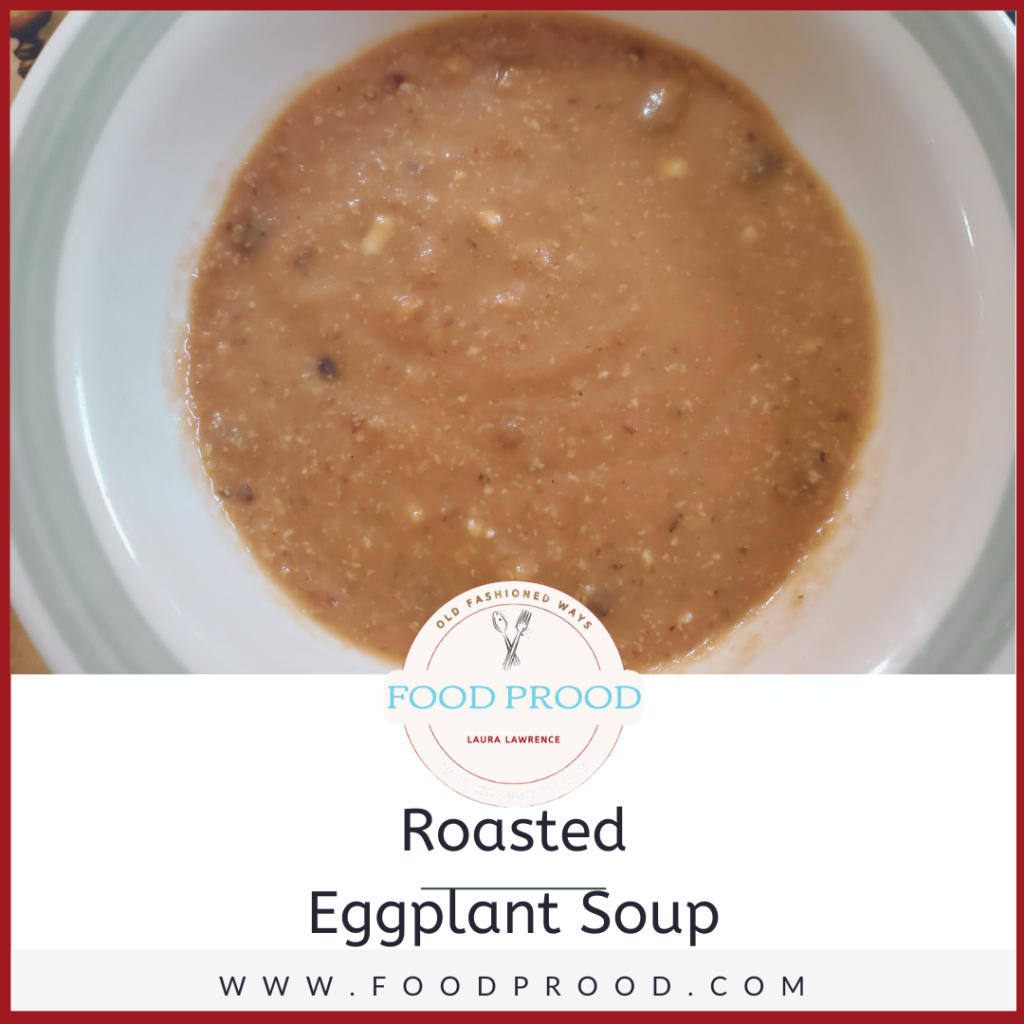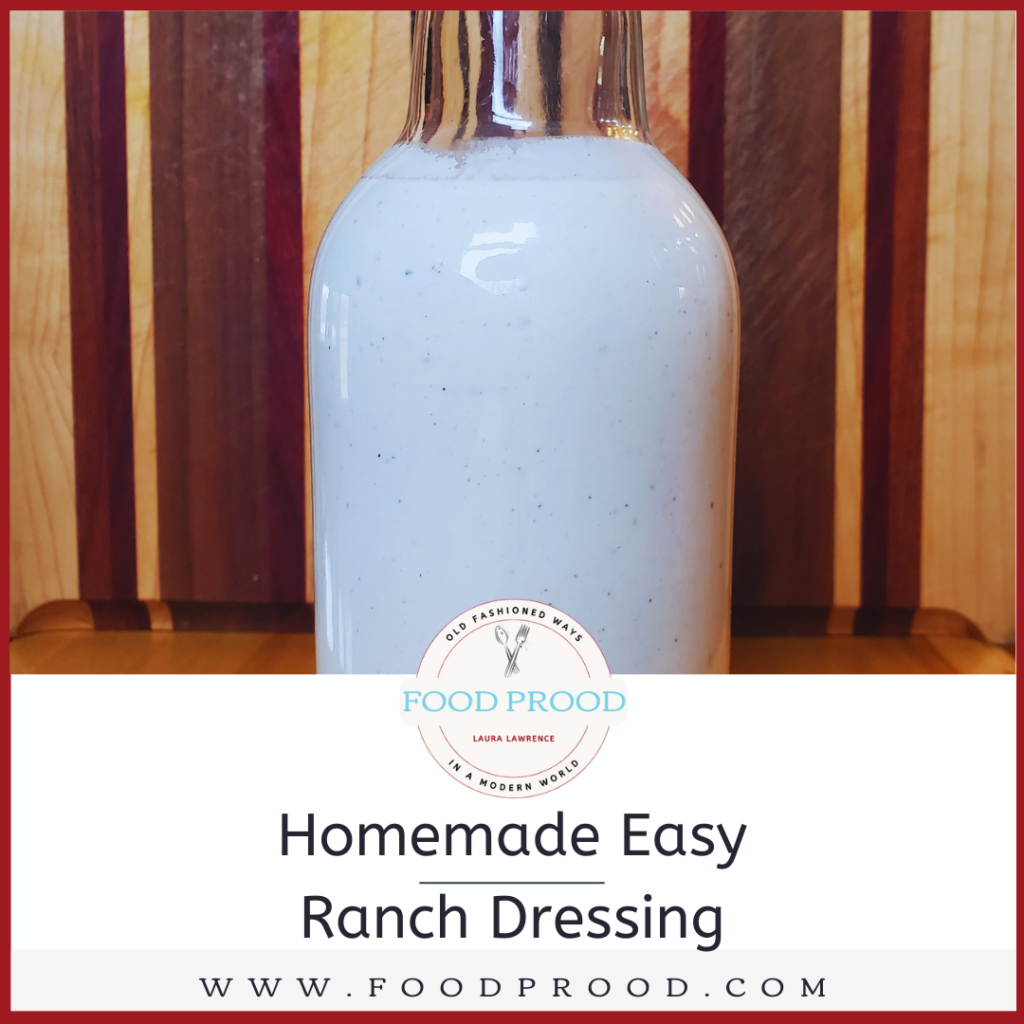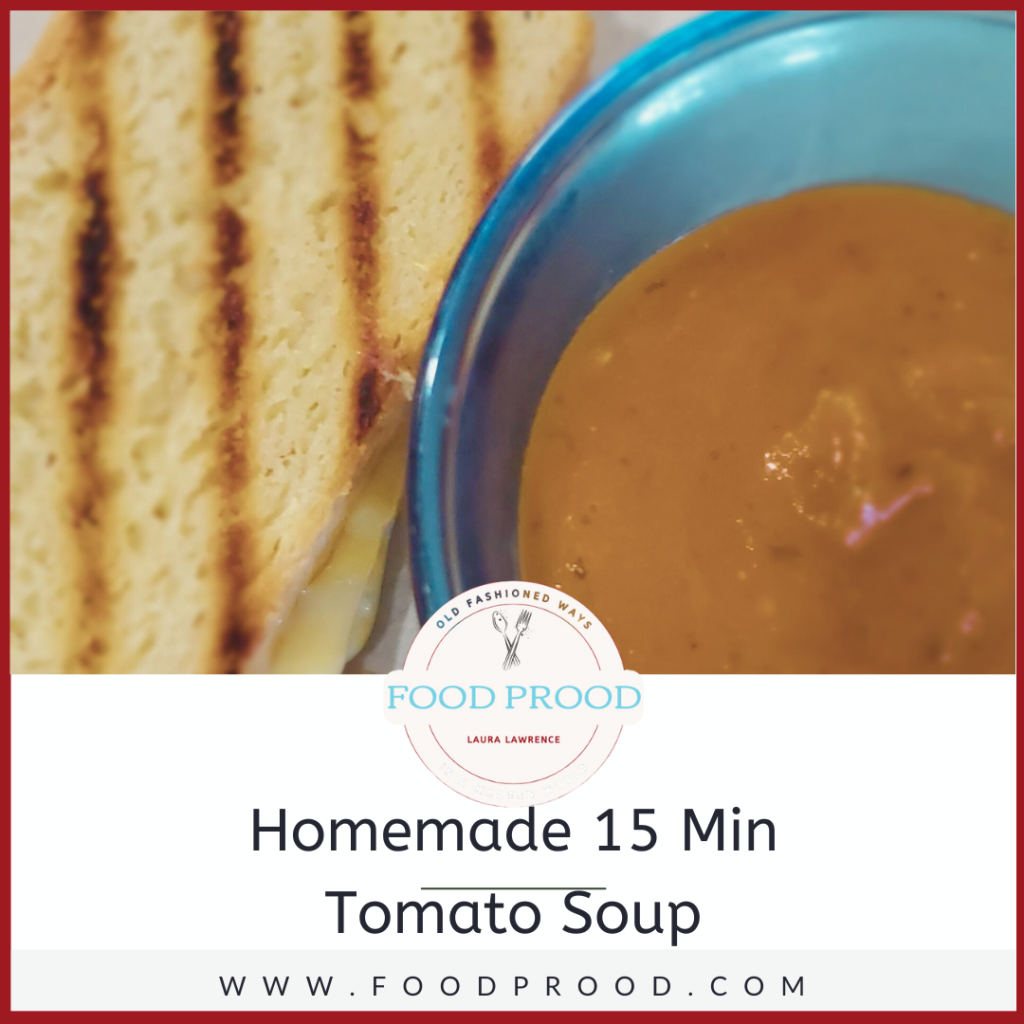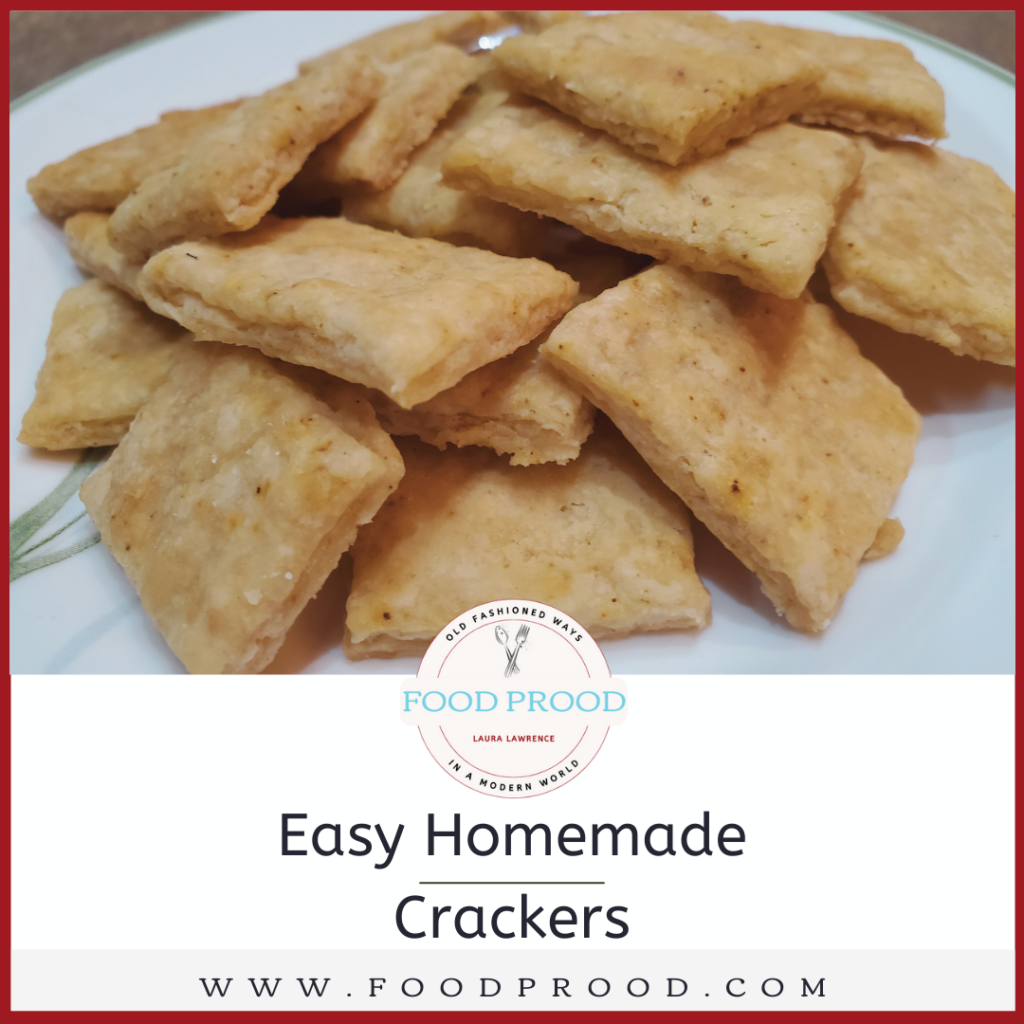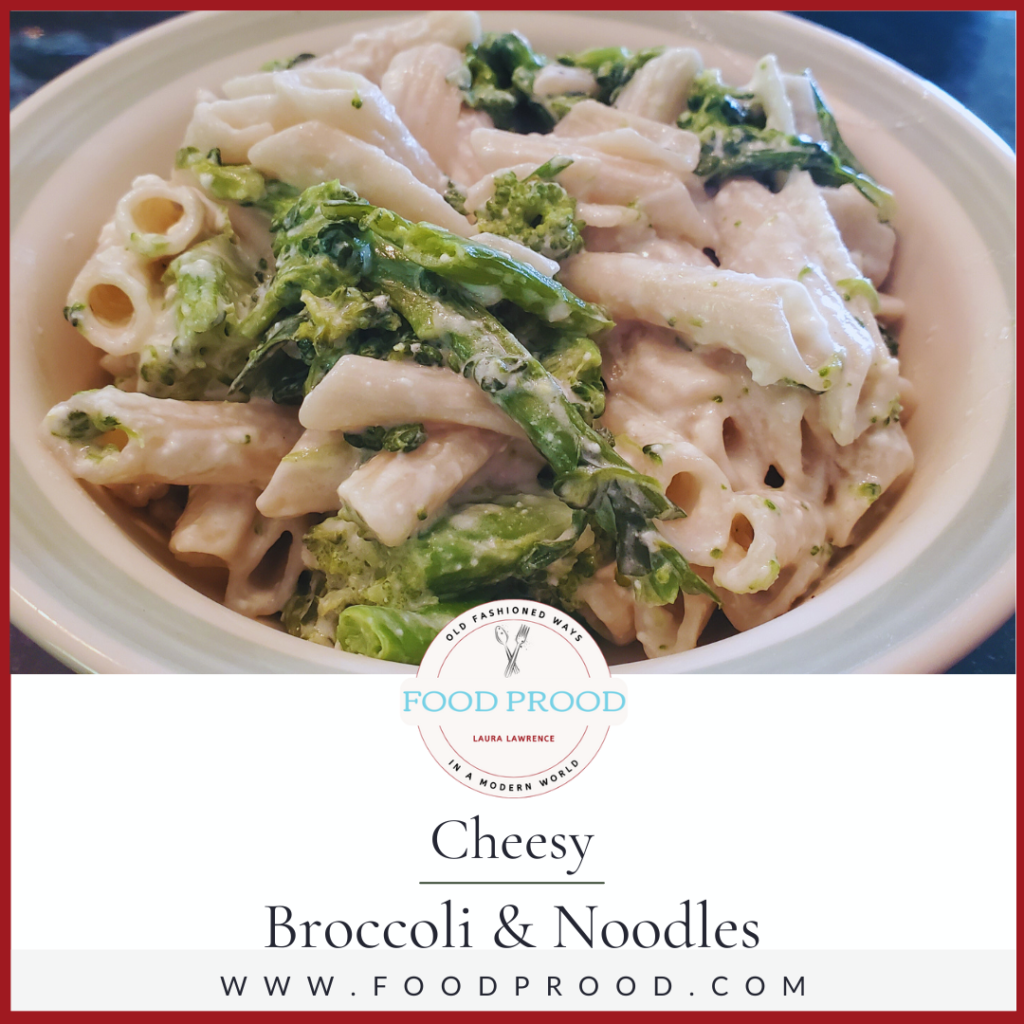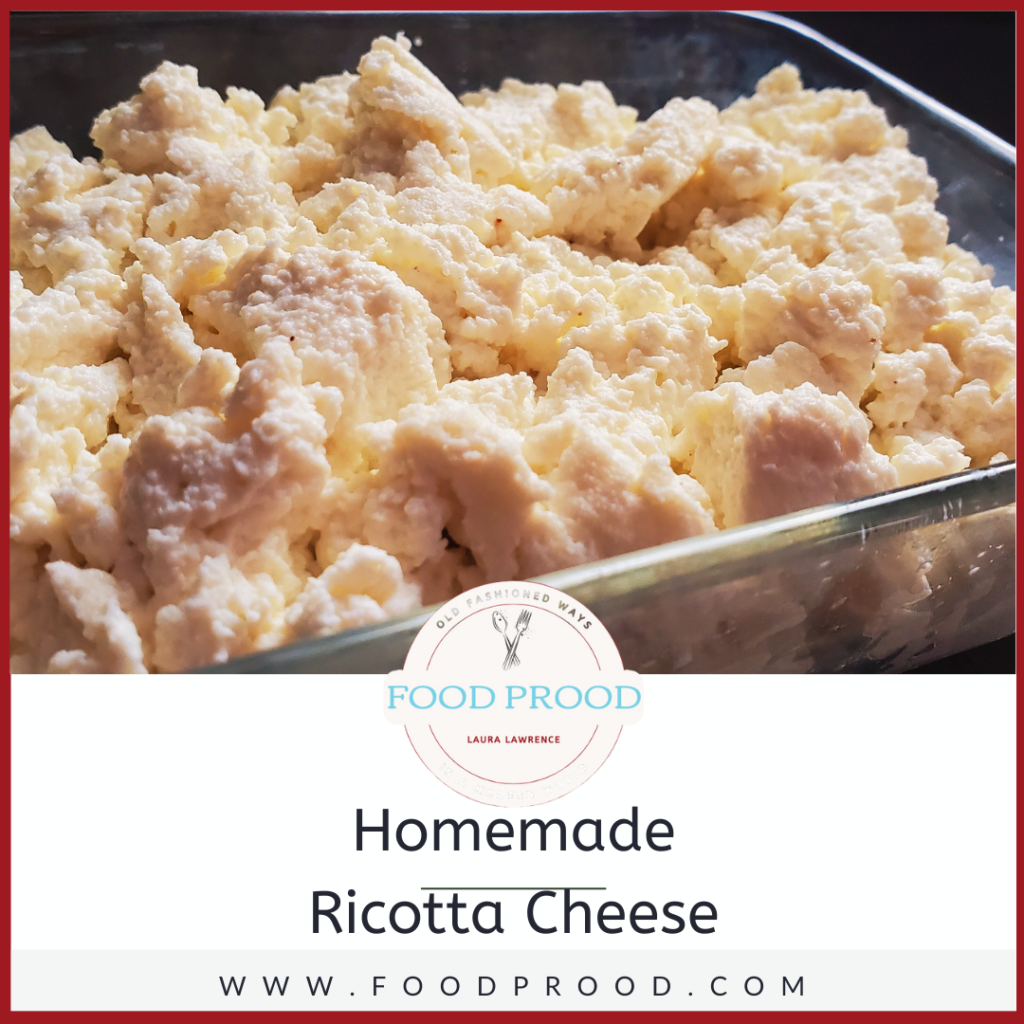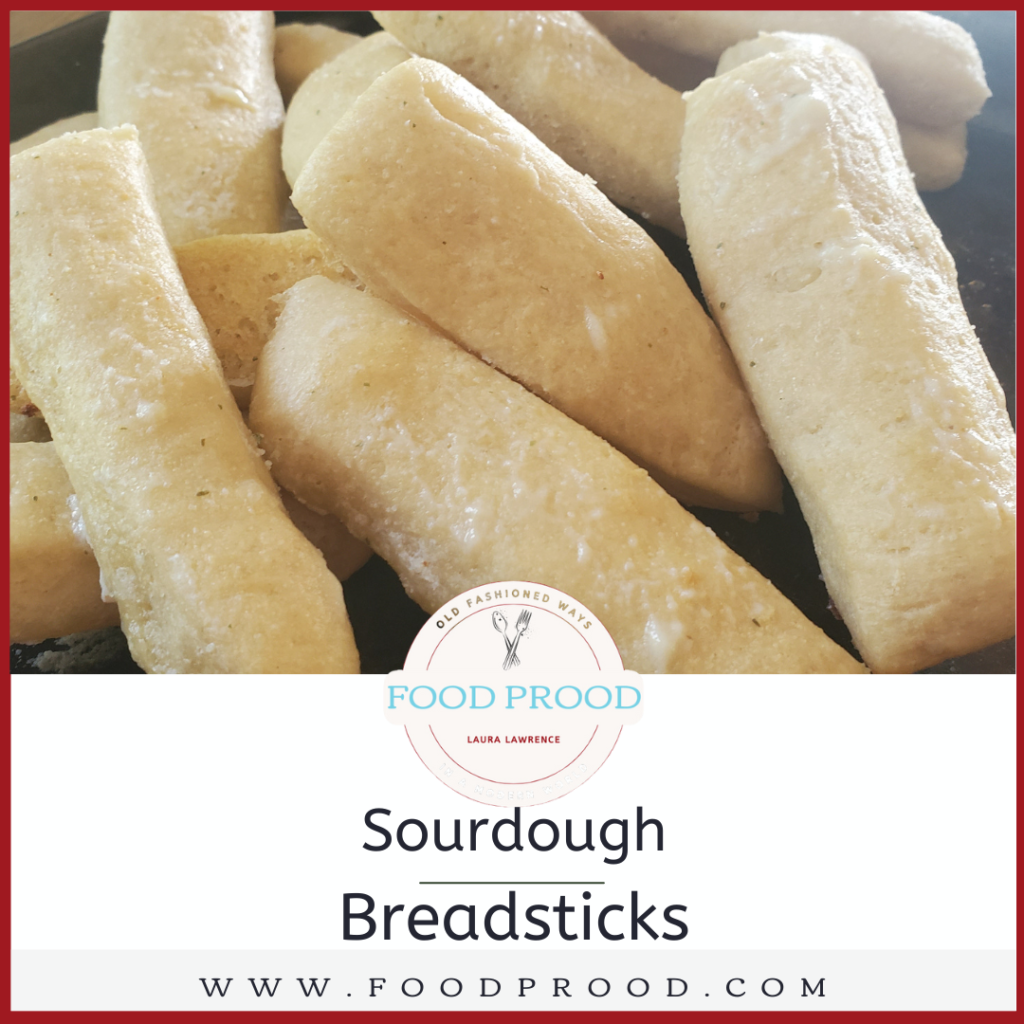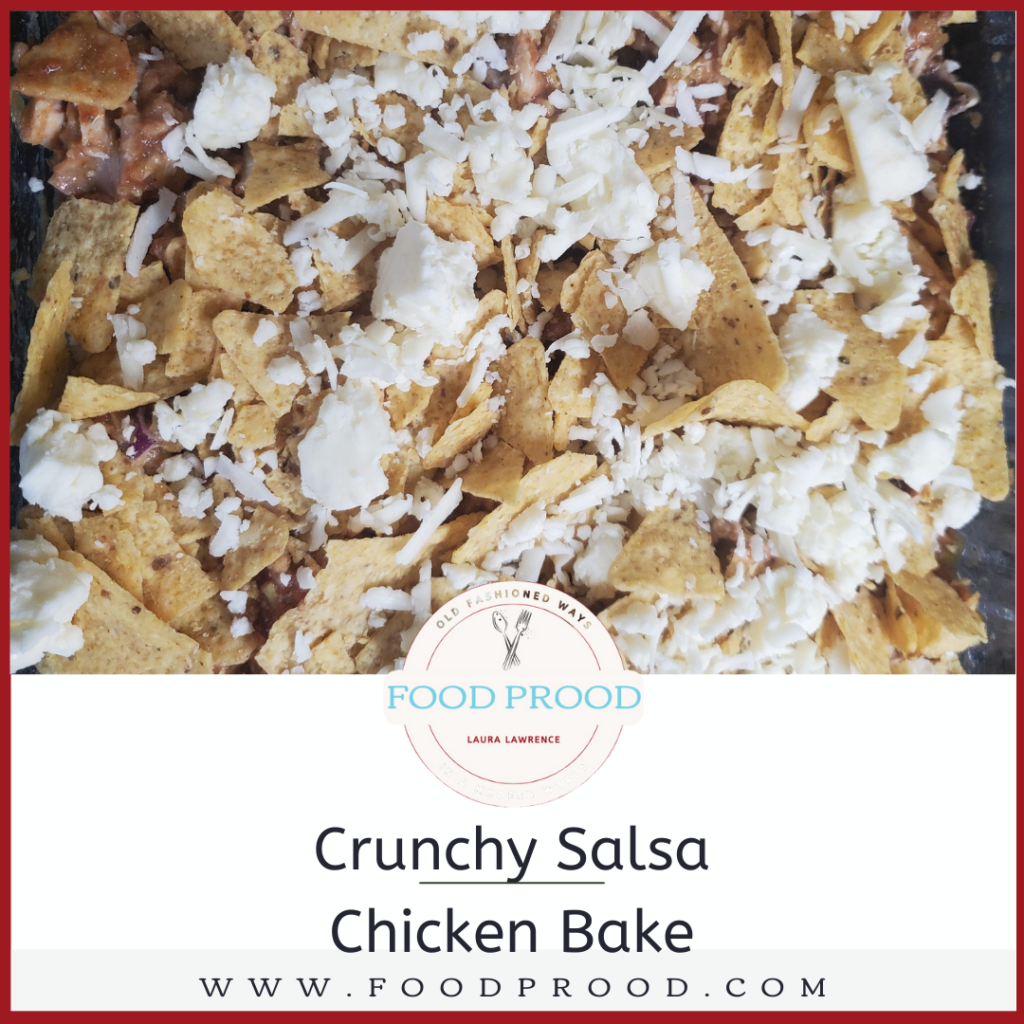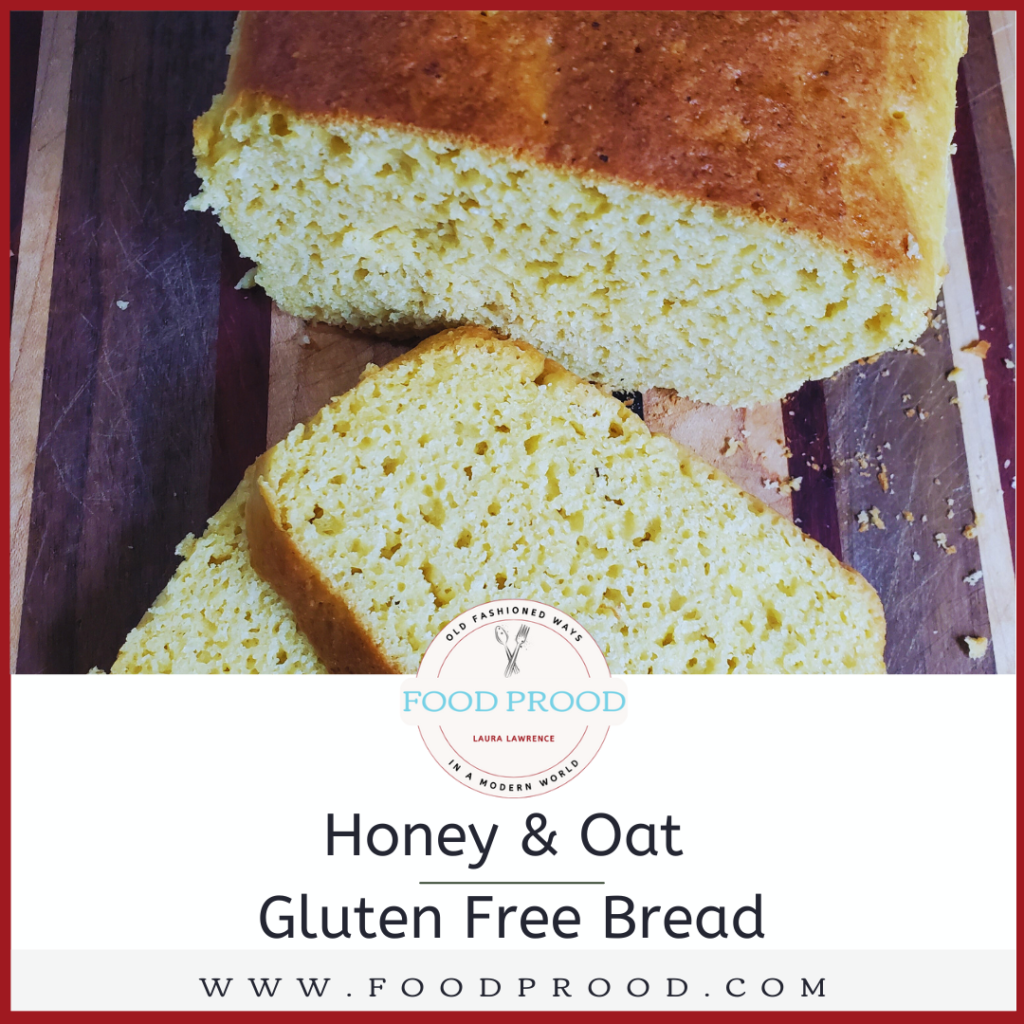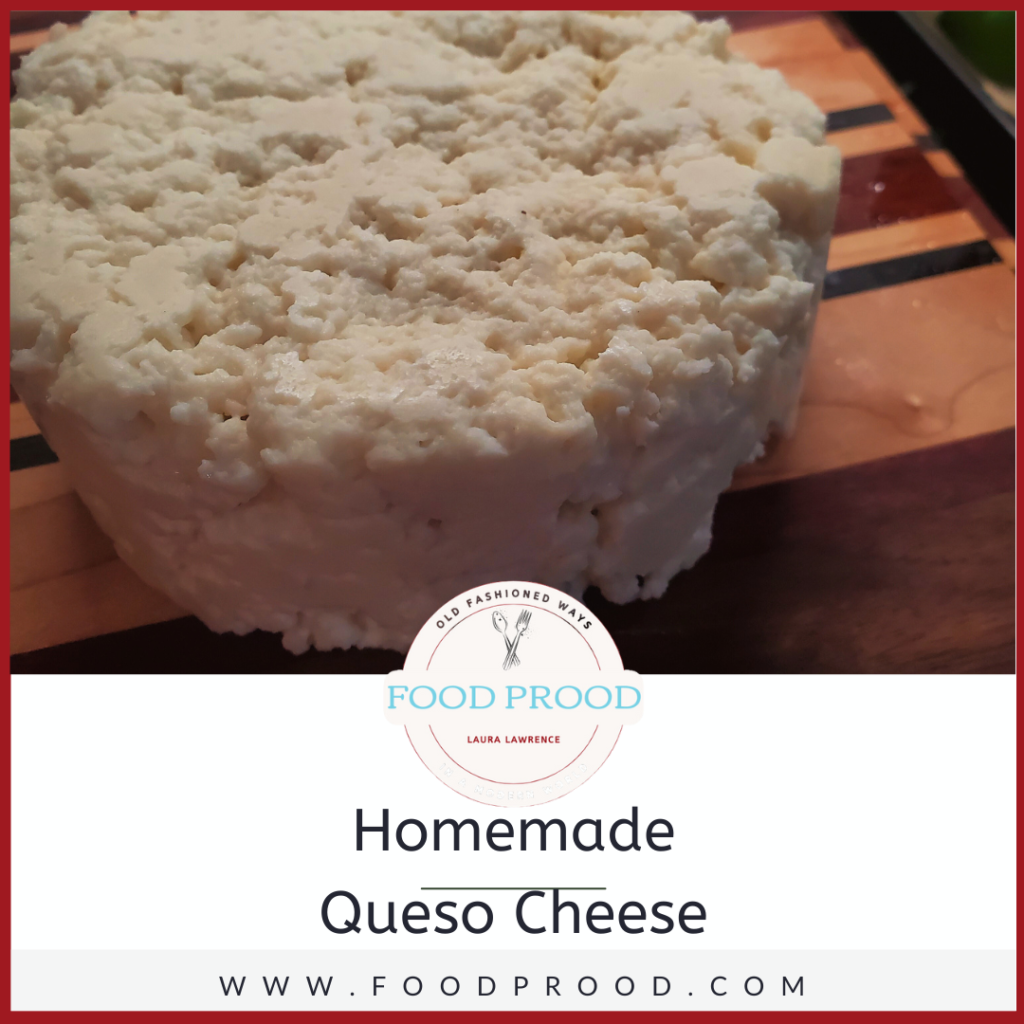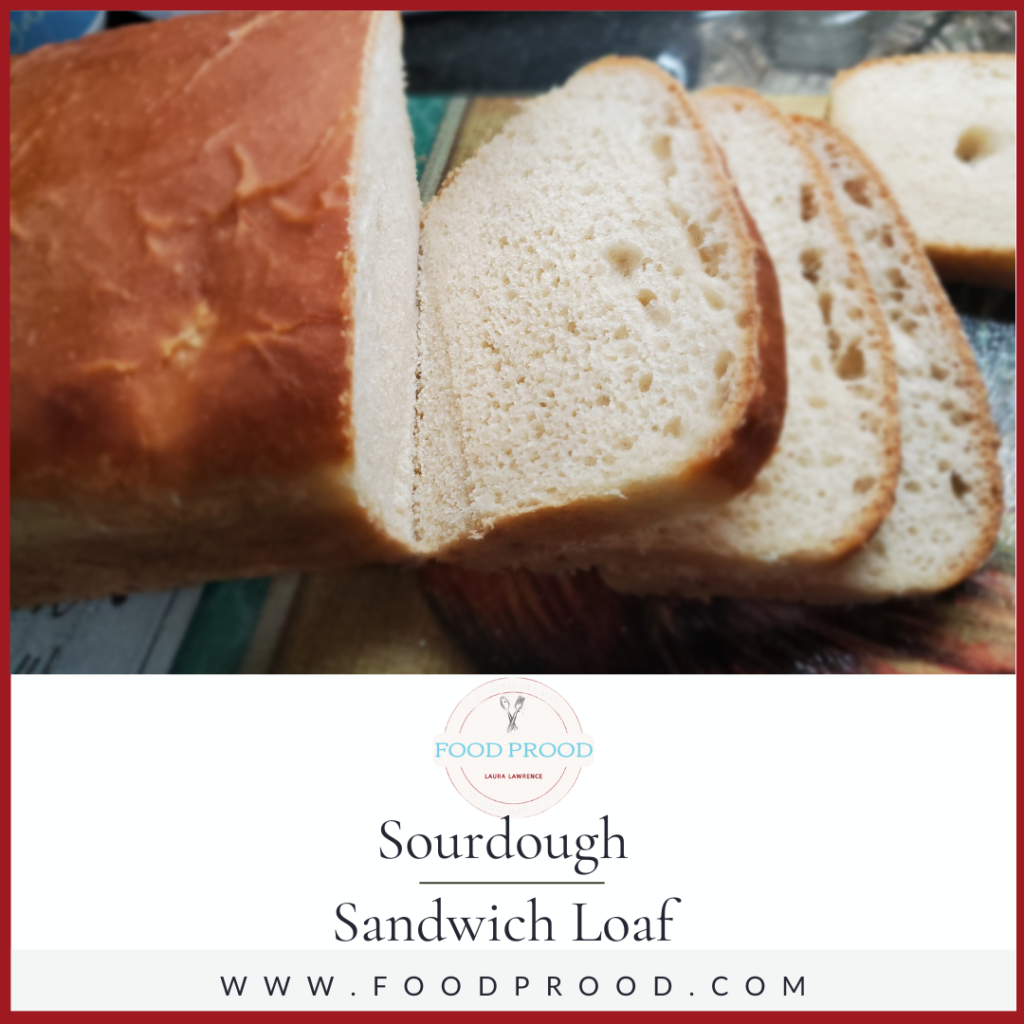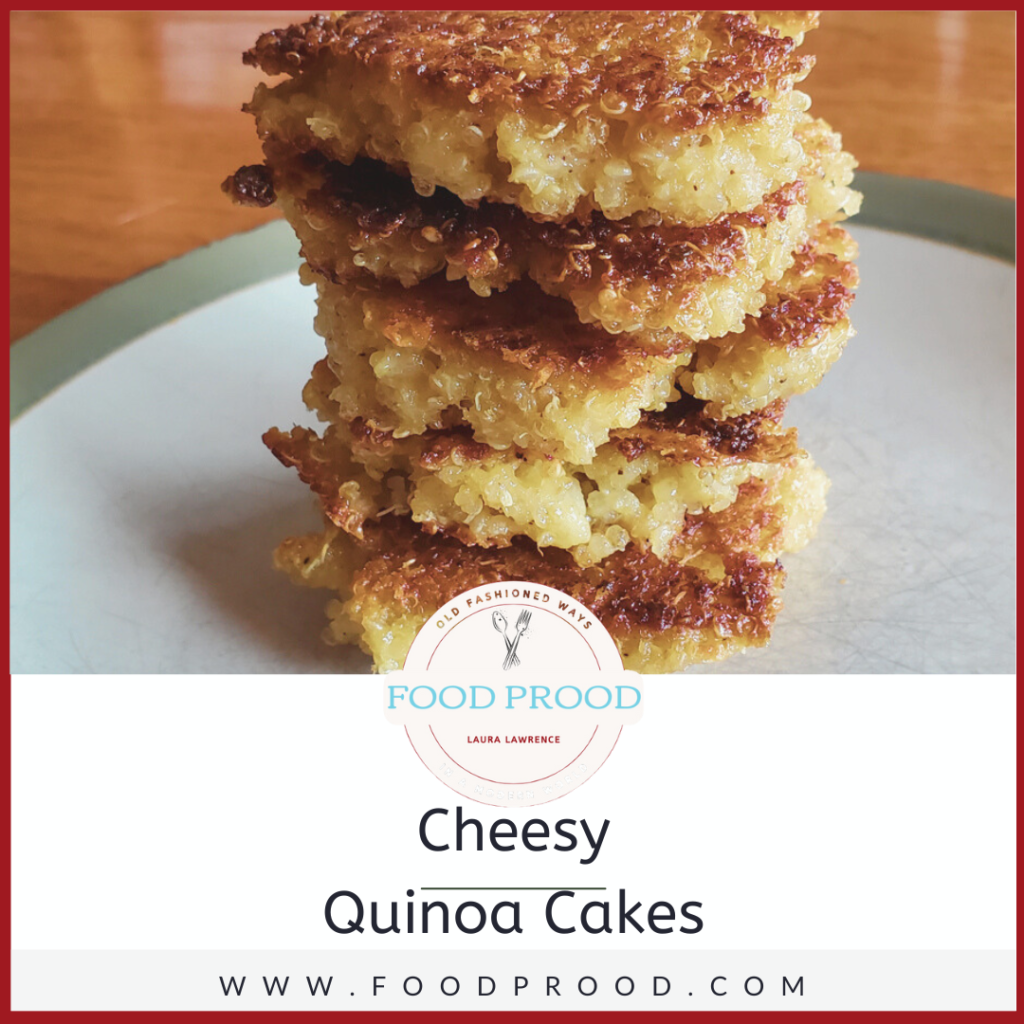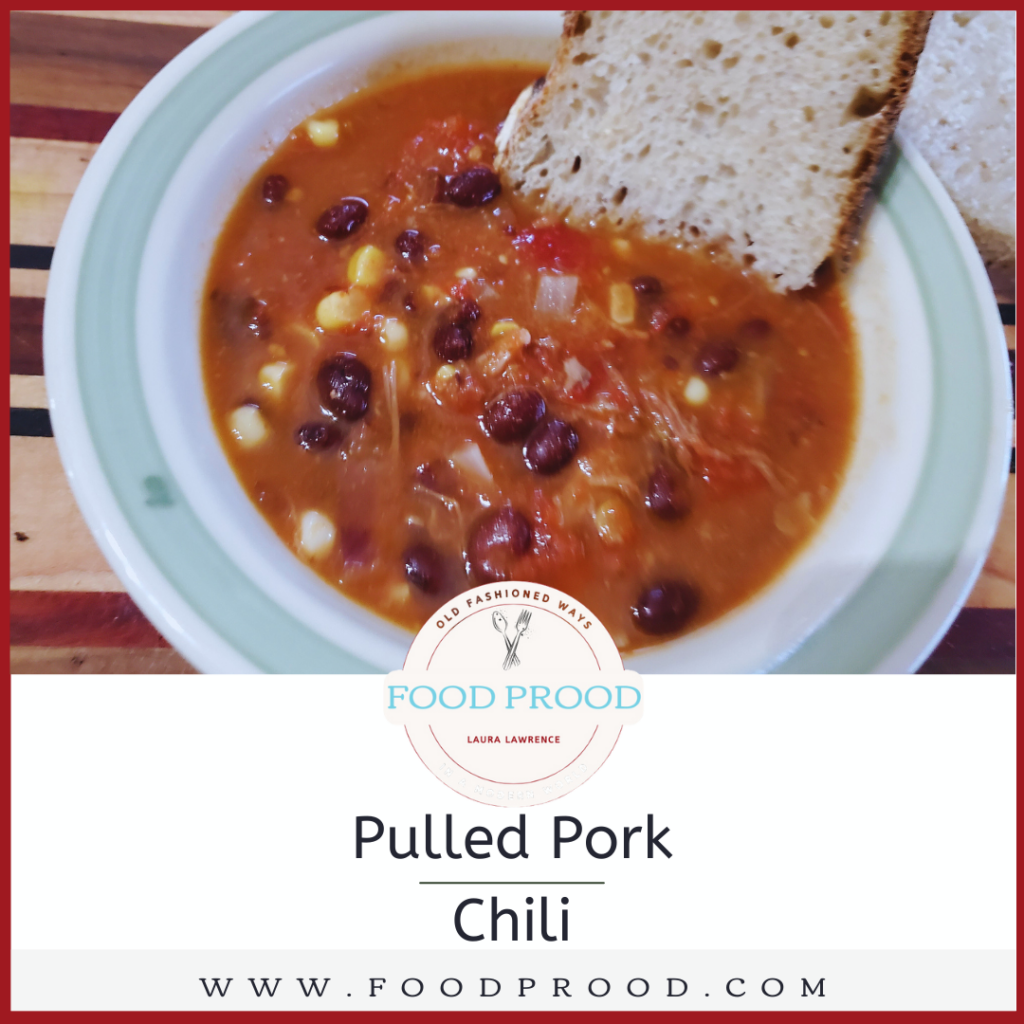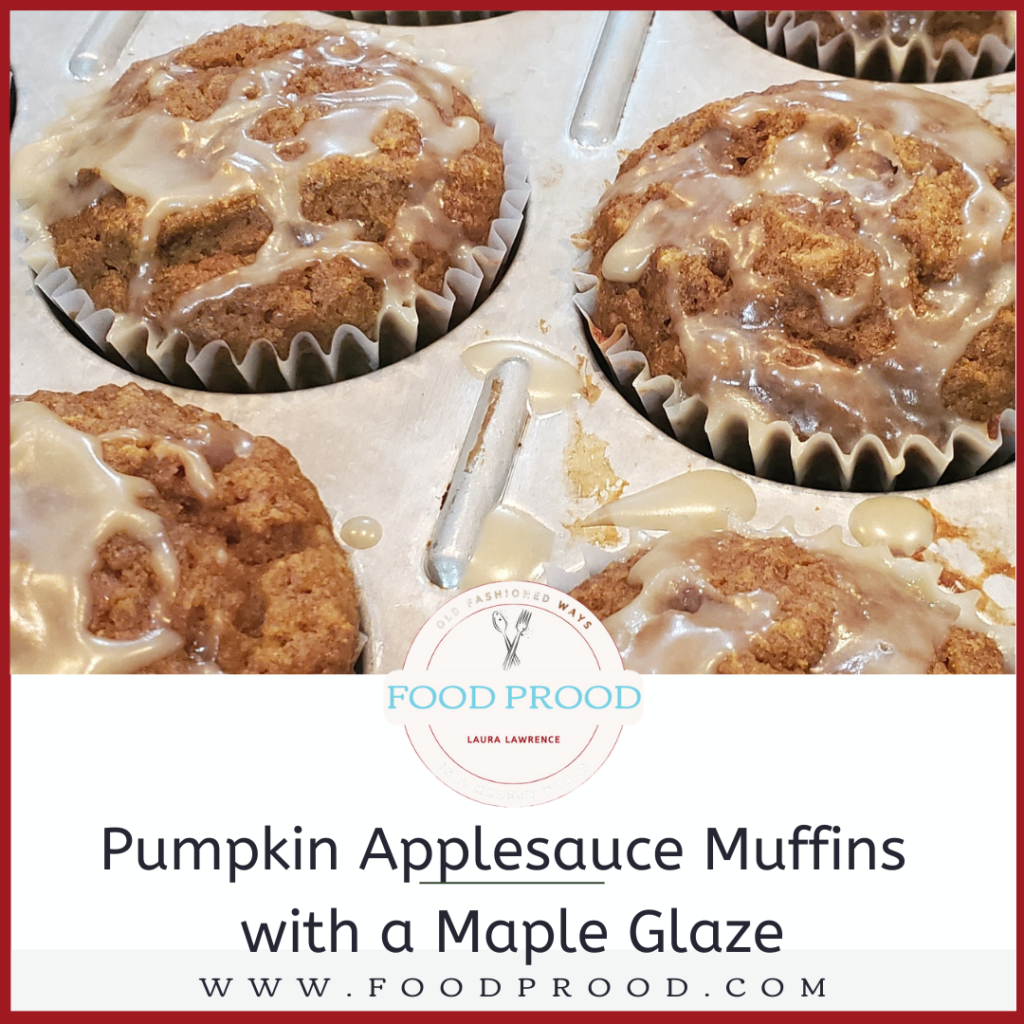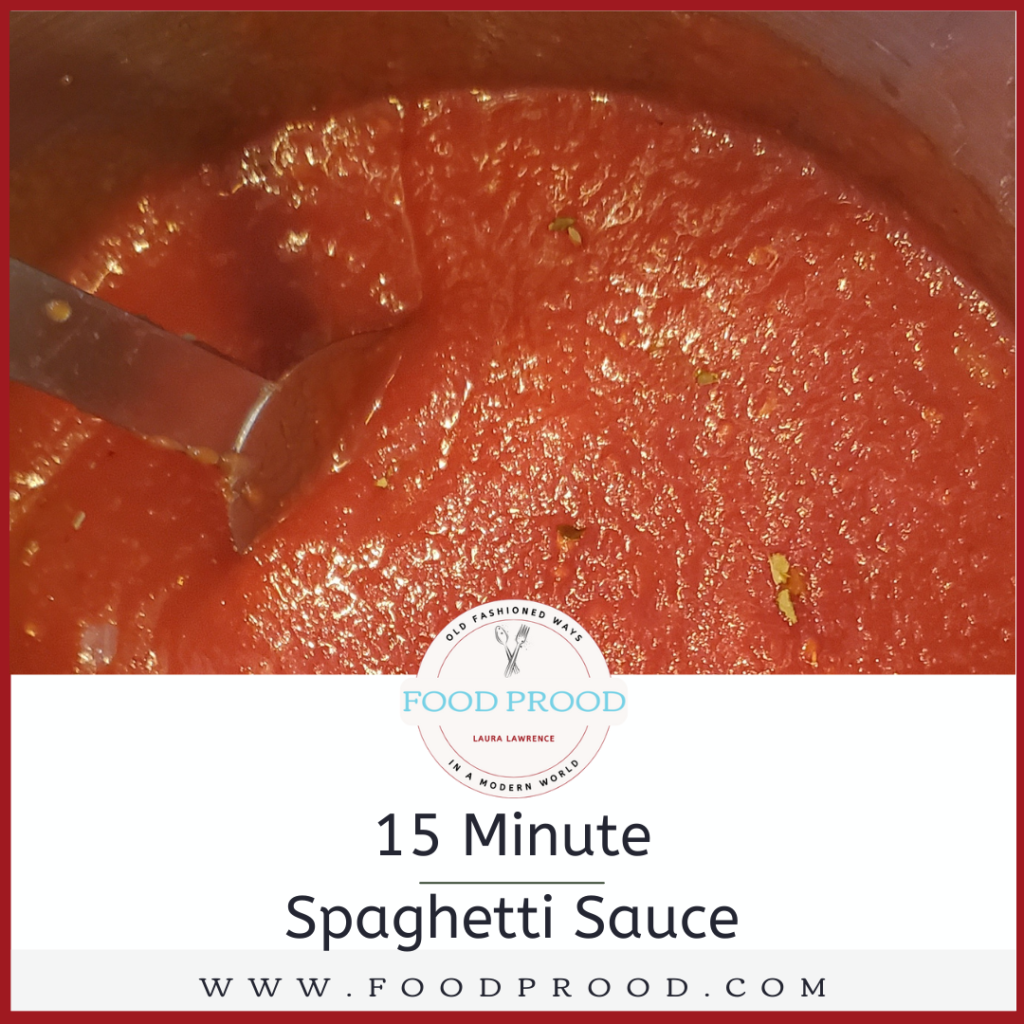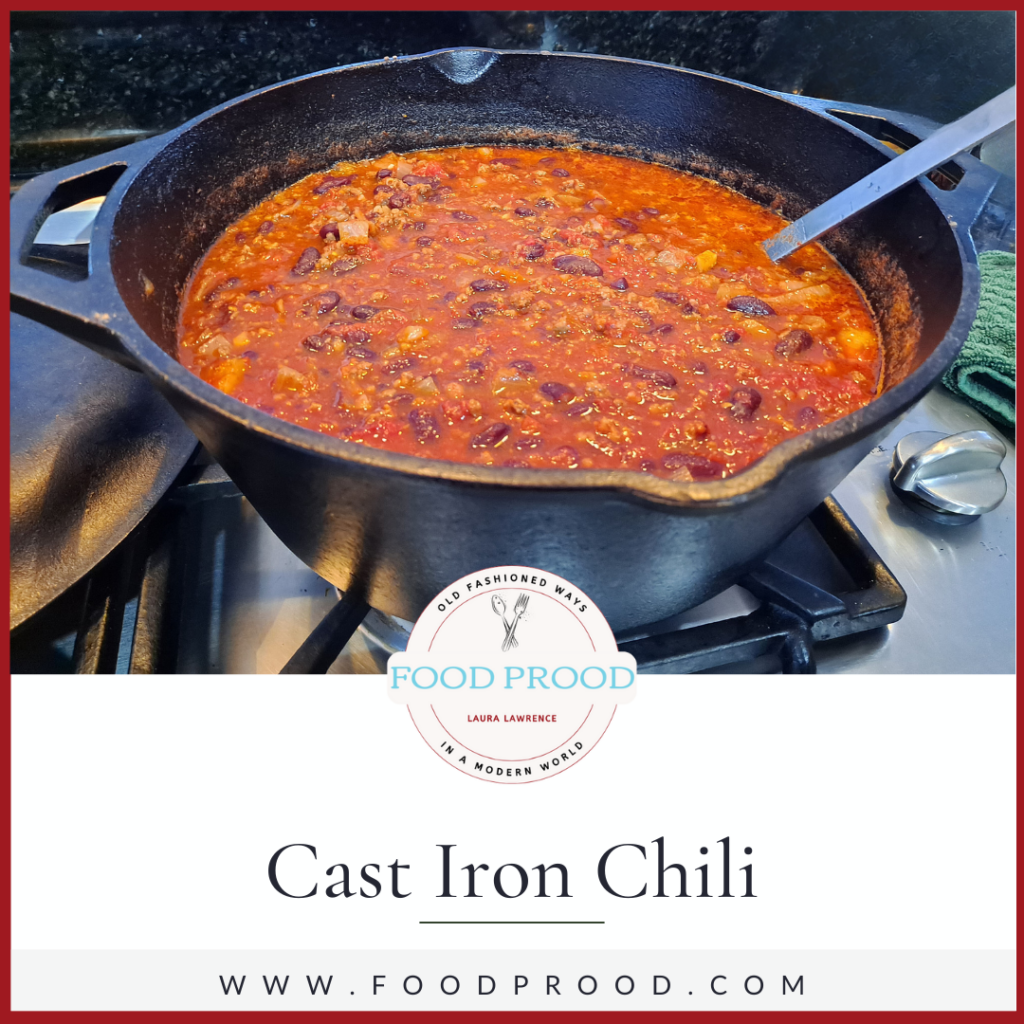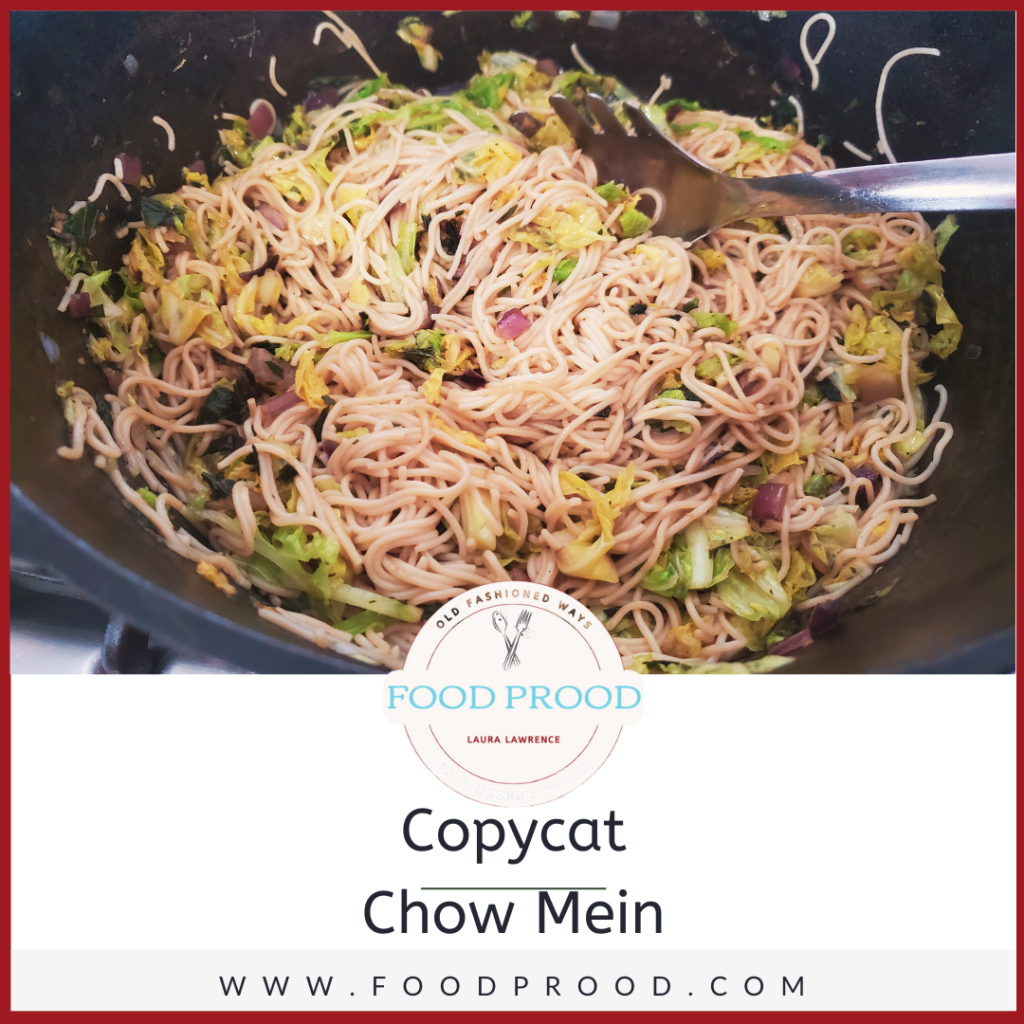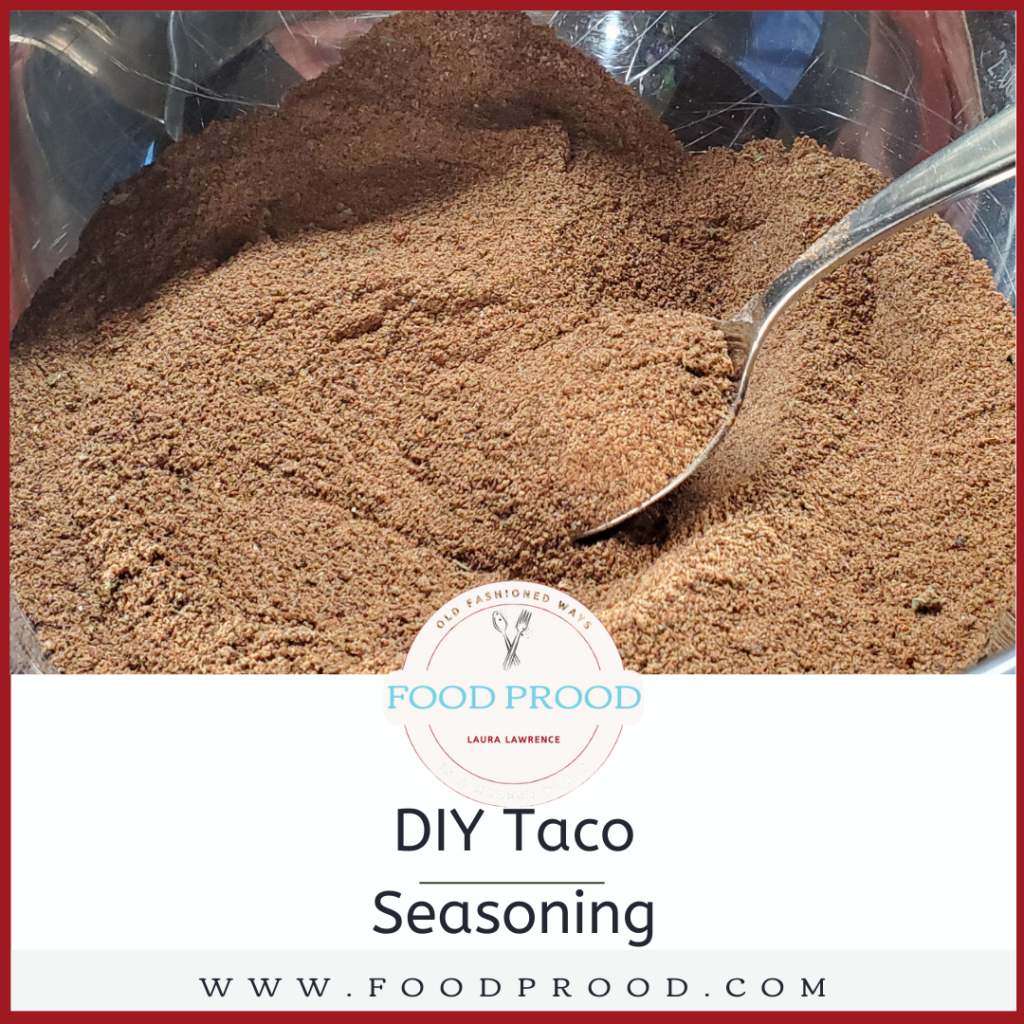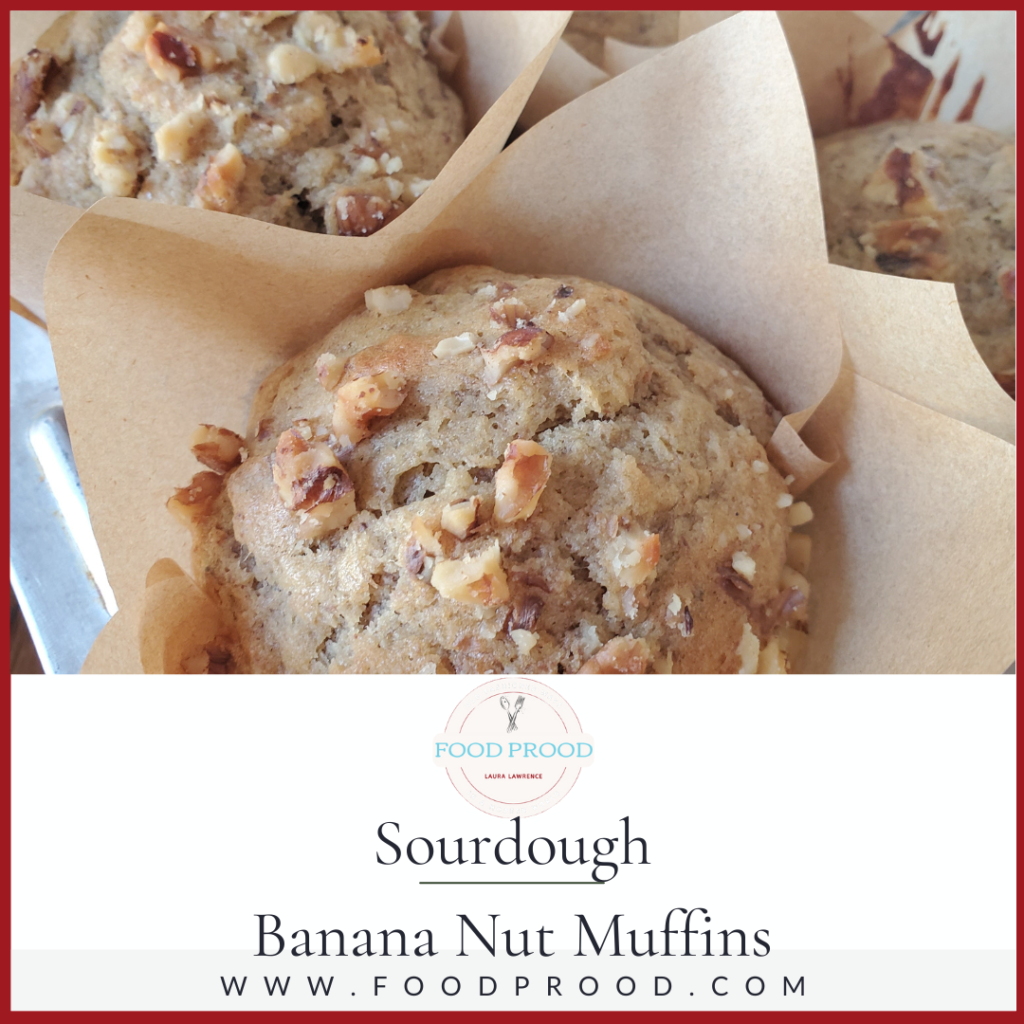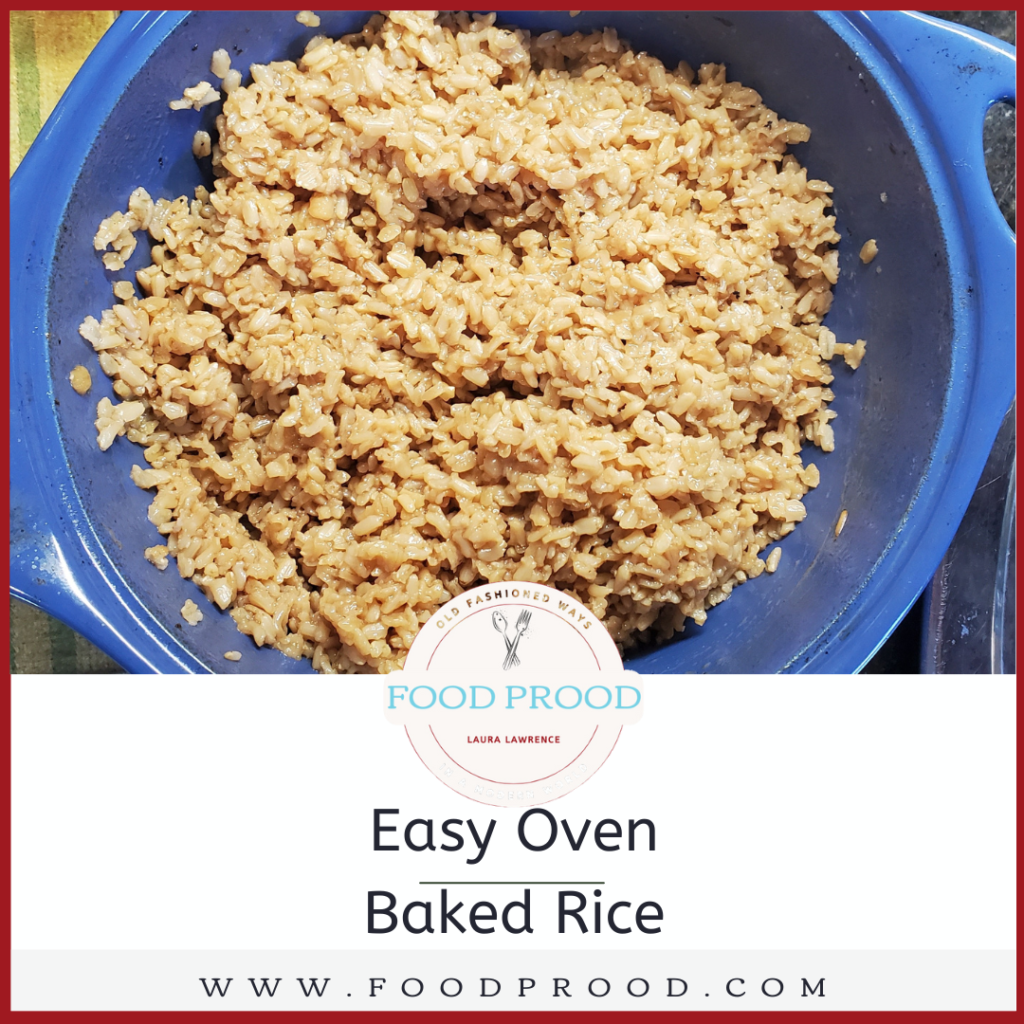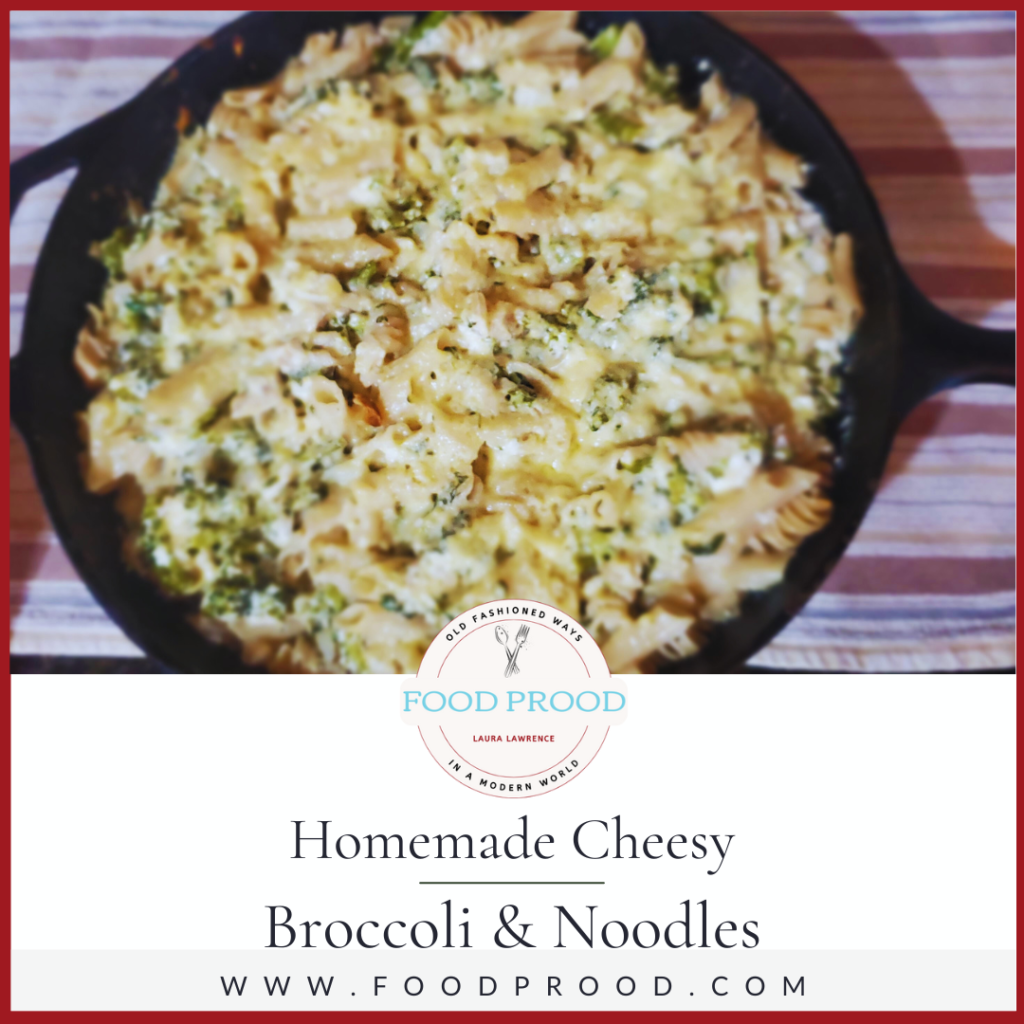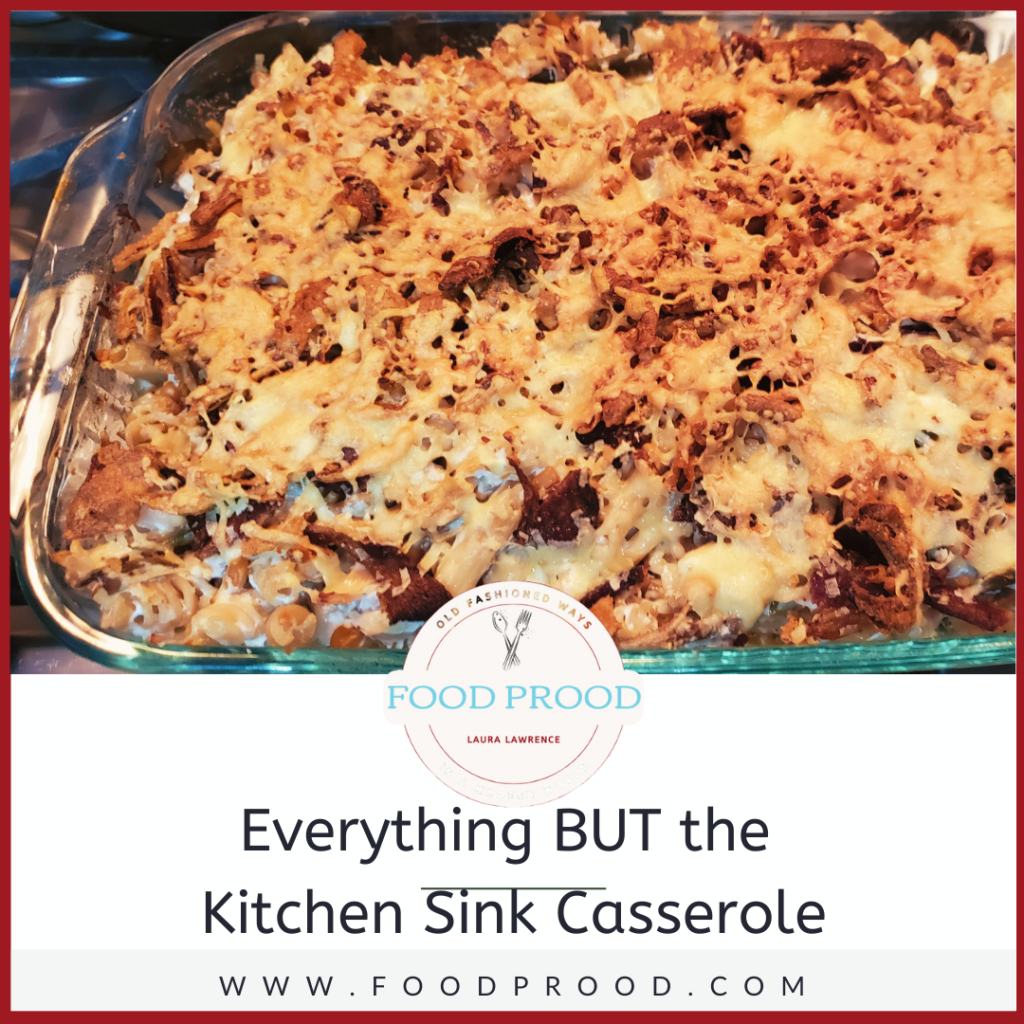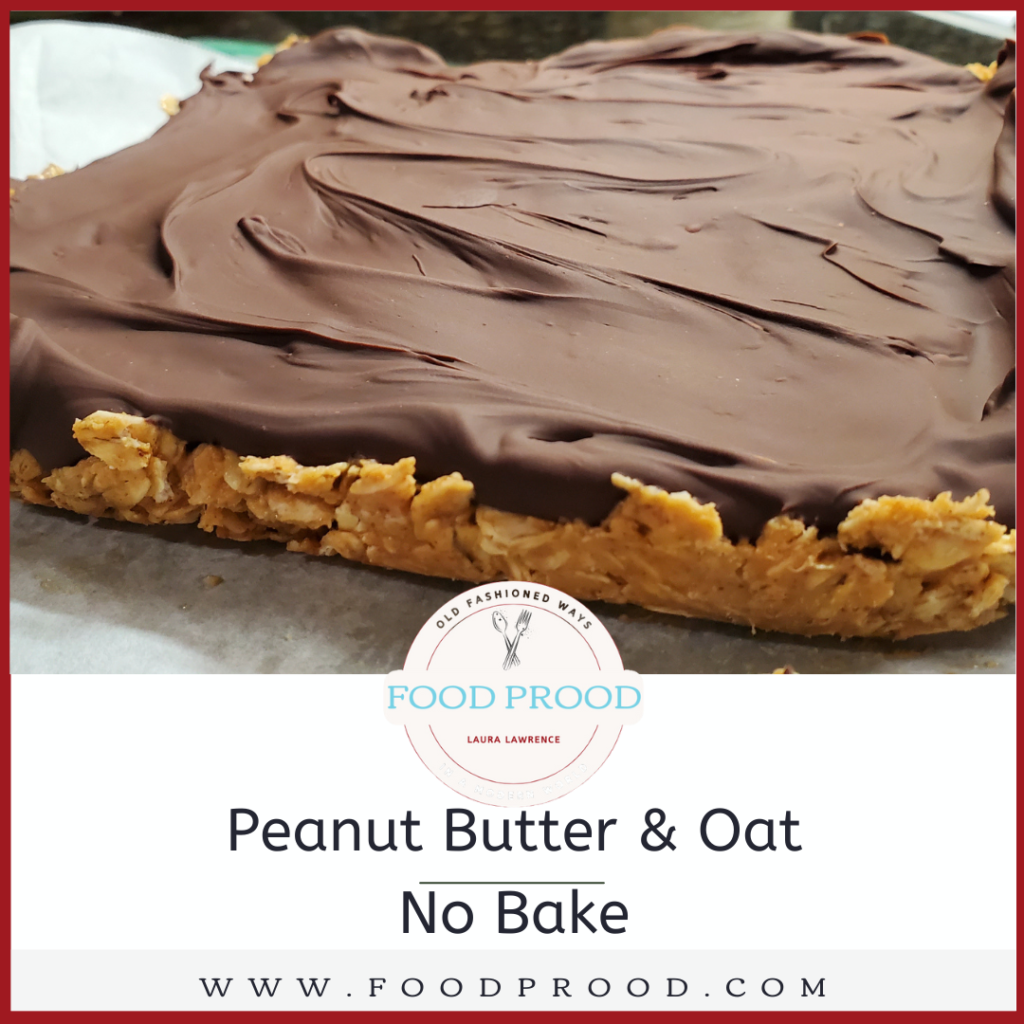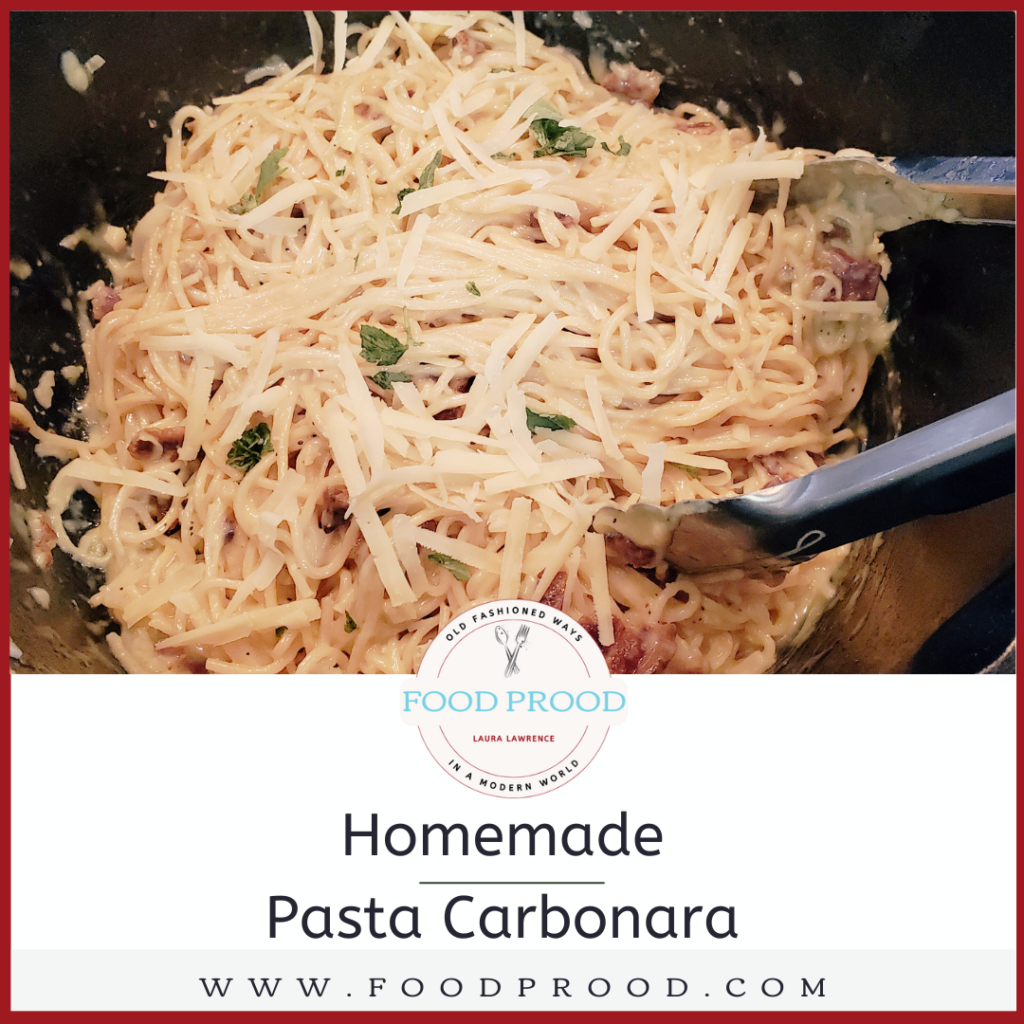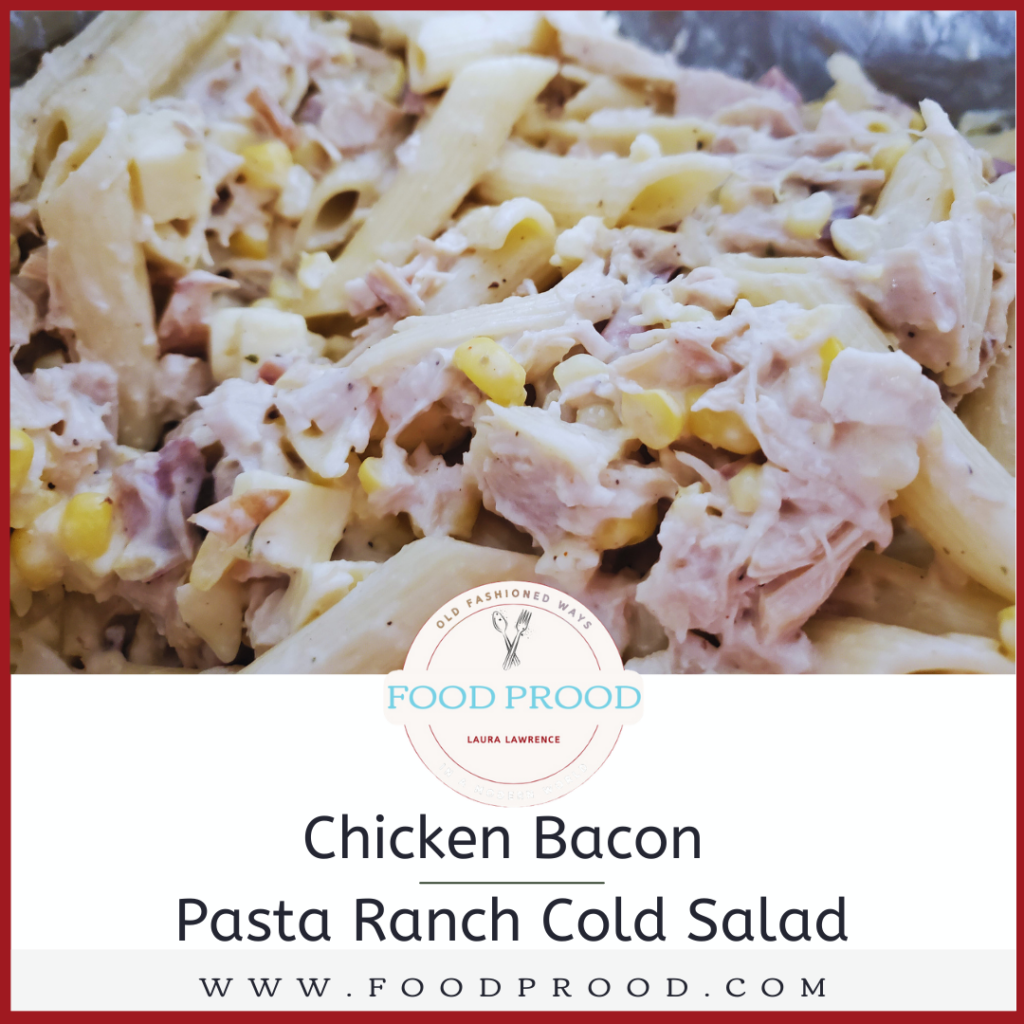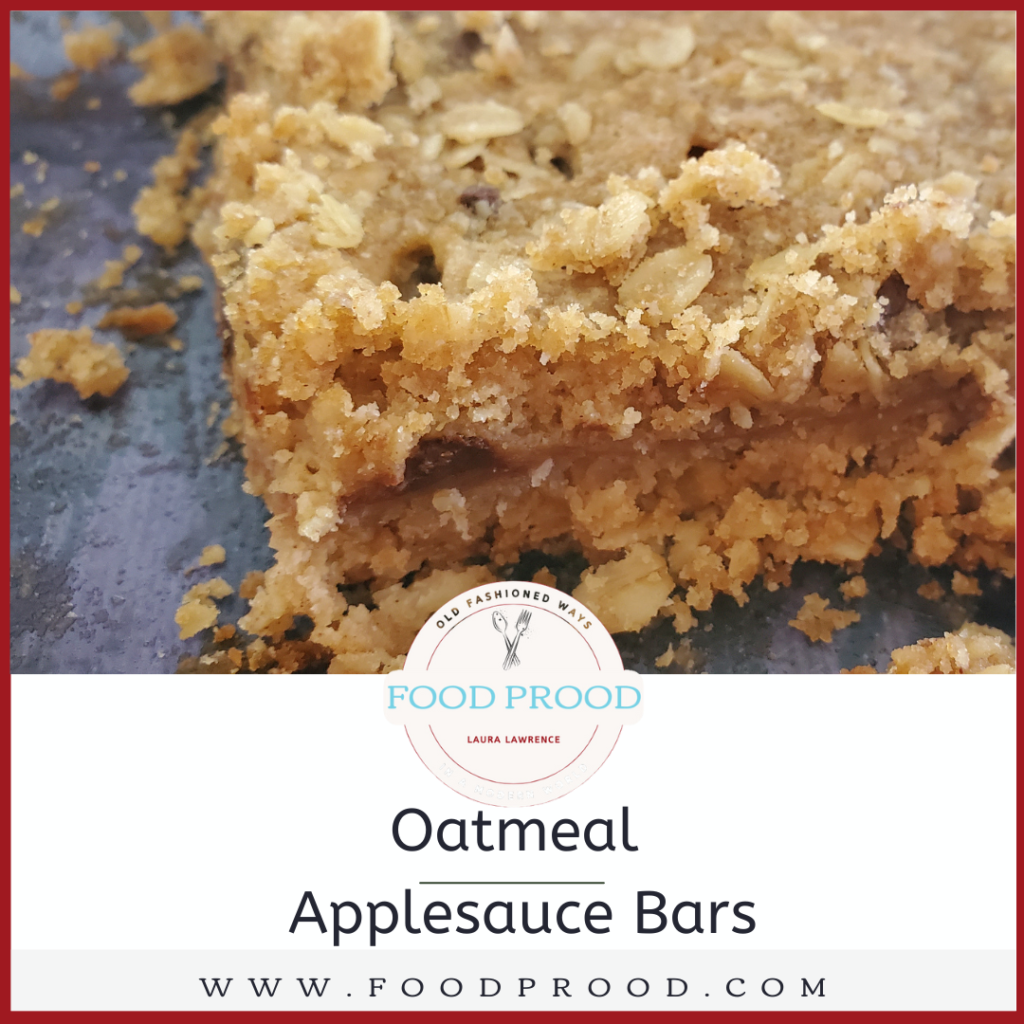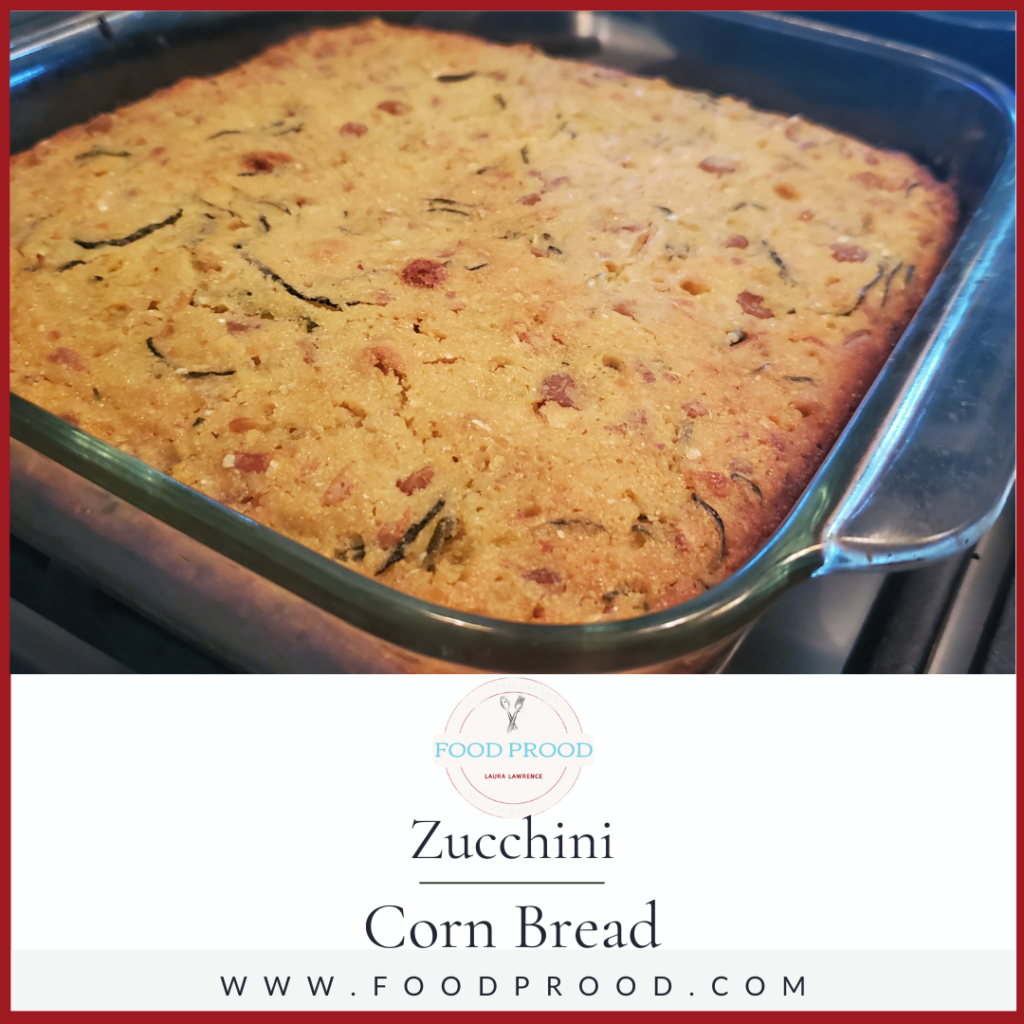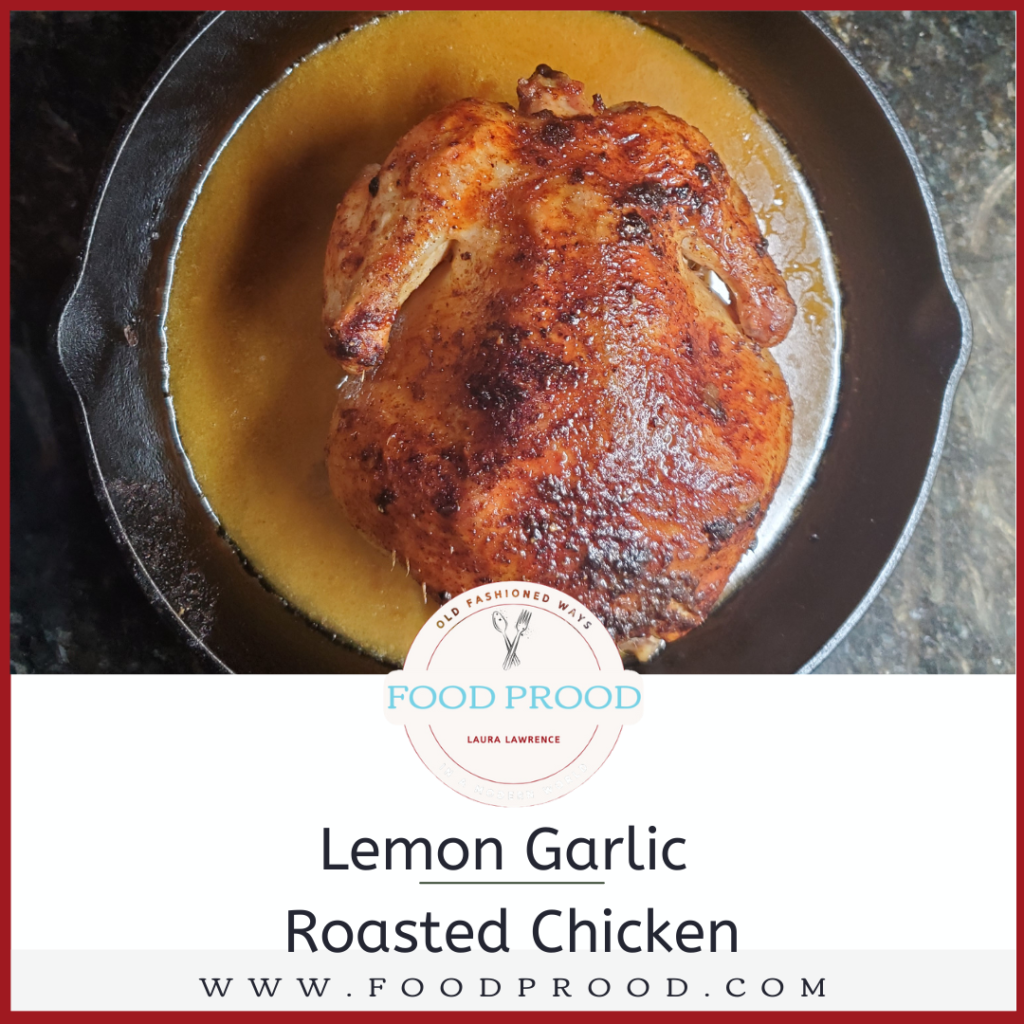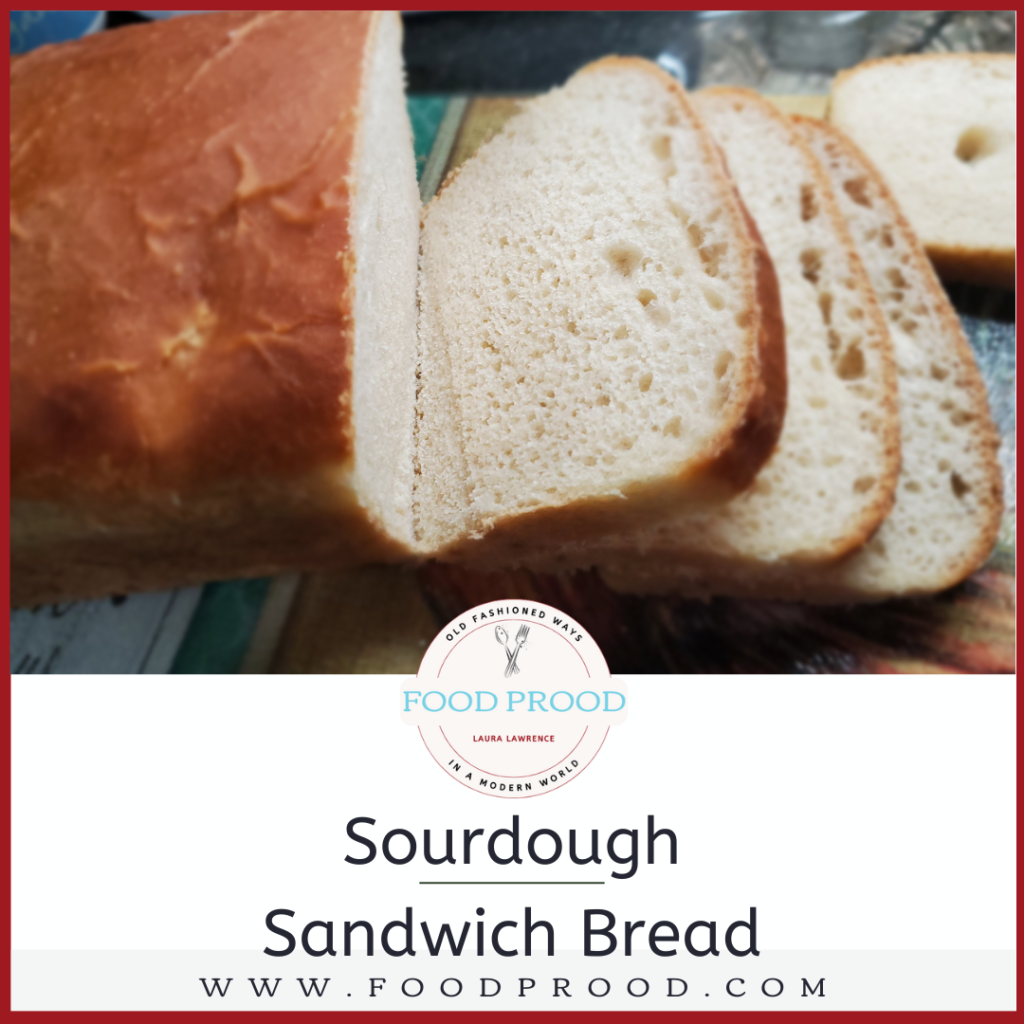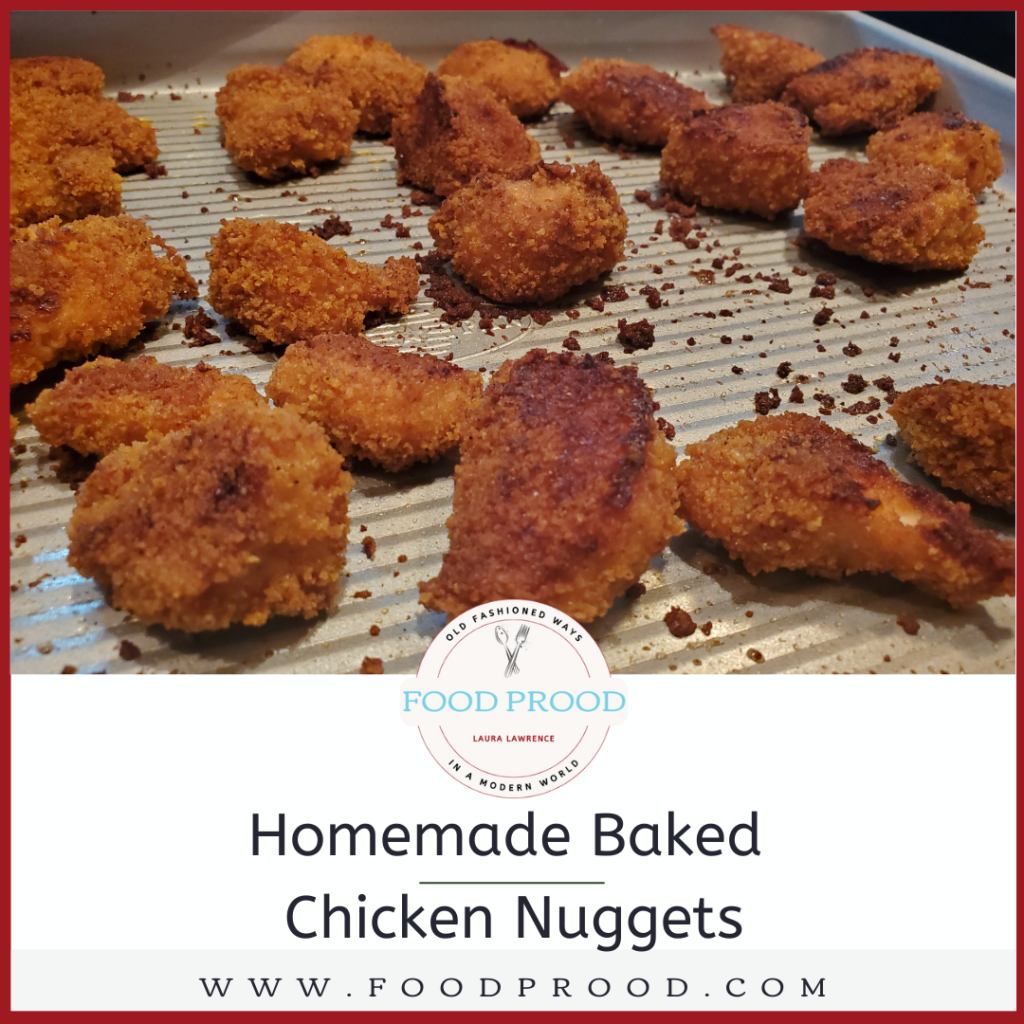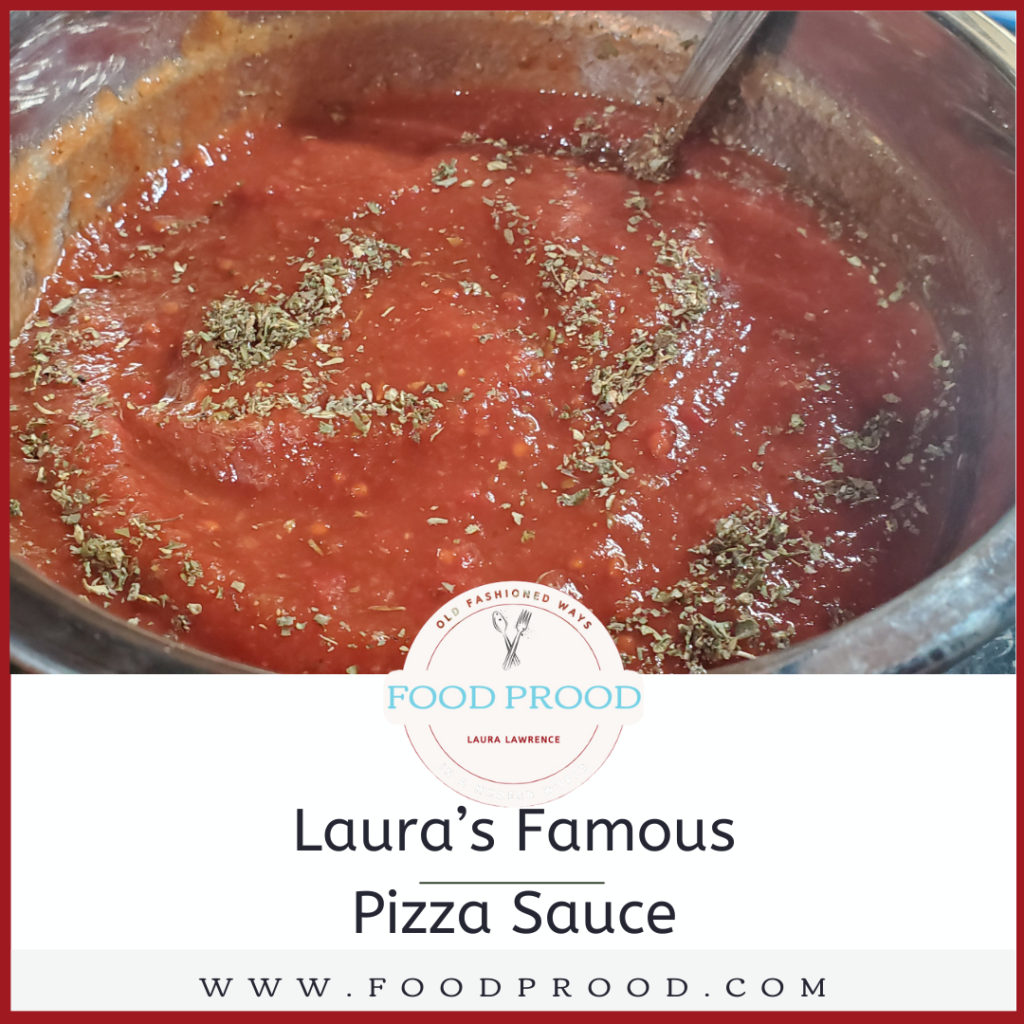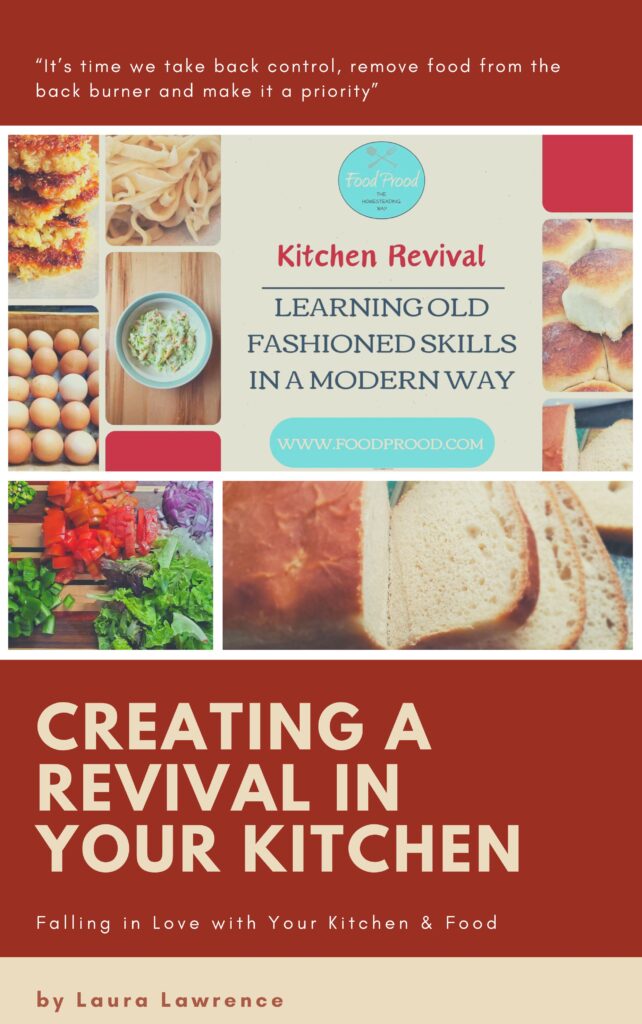Saving for the Future
Creating a Seed Bank in order to Save for the Future
Day #18
In today’s post is near and dear to my heart so I’m glad to be sharing with you today. I’m always big on being more self sufficient all while knowing your never truly “self” sufficient and that is ok and as it should be. Community is important so I’m very thankful you are here.
Seed saving or as this year’s buzz word is “Seed Bank” is fairly simple and it’s truly amazing.
Something about watching the garden grow in such amazement will never grow old to me. With seed saving the cycle continues and life goes on. You start with a single seed, in some cases a spec and it grows to be a gigantic nutrient filled food that you get to harvest and enjoy. And guess what? It goes to seed, you save that seed and the cycle continues. I’m amazed at the efficiency of God’s work.
I’m really passionate about people having the chose in Freedom in Food. It’s so important to understand what you’re eating and feeding your bodies. Our Food is our Fuel- Let the best Fuel You!
Here you’ll find a list of recommended resources. These links are affiliate links- the price is the same for you if you choose to purchase I may make a very small amount if you purchase through my links. I believe Freedom in Food is extremely important and everyone should have the knowledge to make those choices. Thank you!
This post is brought to you by MY Seed Saving Course– Grab the FULL Course for —> Half Off <– Click the Image
Quick Steps to Seed saving:
- Start with heirloom seeds
- Allow to ripen or dry on the vine
- Follow a drying method
- Store for next year
Make sure to label with type and year!
Top reasons to save your own seed!
Adapt Seeds to Your Garden
When you save your own seeds those seeds get smarter! They’ll learn to adapt to your climate and soil conditions. So Smart!
Help Pollinators
A lot of varieties will go to flower which then produces the seed, while it’s flowering the pollinators will love them! Having pollinators around is a great thing with the garden.
Control Your Food Supply
When you save seed and start your own plants you know exactly what’s going into them. It’s great for organic farmers and gardeners. It just doesn’t get any better!
Resources:
- Seed Saving Course: https://shop.foodprood.com/b/D3ehp
- Seed Saving Book: https://amzn.to/45NvUWj
- Fine Mesh Sieves: https://amzn.to/3sQvKig
- 5 Qt Stainless Steel Colander: https://amzn.to/3sPobIA
- 2 Oz Small Glass Jars: https://amzn.to/482TaB0
- 8 oz Medium Glass Jars: https://amzn.to/44Osf96
- Mason Jar Lids: https://amzn.to/3sVew33
![]() Best types of crops to start with:
Best types of crops to start with:
Beans, Peas, Herbs, Lettuce, Eggplant, Peppers, Tomatoes
![]() Hard seeds to save:
Hard seeds to save:
Anything biennial – carrots, onions, cabbages Or easily cross pollinated – Cucumbers, Squash, Corn
![]() Three ways to save these seeds:
Three ways to save these seeds:
Dry – Wet – Fermentation
Dry Seeds: lettuce, beets, cilantro, beans
Wet Seeds: peppers, eggplant, squash seeds
Fermentation Seeds: Tomato, cucumbers, zucchini
When following the 3 different process types I suggest using ceramic plates and not drying on paper towel as the little fibers will stick to the seeds, it’s not fun trust me.
![]() How to store your seeds:
How to store your seeds:
Glass jars with tight lights – reusing old canning lids. Store them in dry, cool, pest free places. They should be labeled with the variety and year. Make sure the seeds have completely dried out before storing in the jars with lids on! You can test a lot of seeds by “denting” them with your fingernail. They should not dent at all and this will show you they are dried enough. Always error on the side of caution.
PRO TIP: Do not use all your seeds from each year, keep several out from each year in case of cross pollination or other issues that may arise so you have seeds to fall back on.
This post is brought to you by MY Seed Saving Course– Grab the FULL Course for —> Half Off <–Click the Image
This course is part of my Ultimate Gardening Bundle which you can save $50 off the entire course using code “Prepared”
Day #2 Top Gardening Tips to Start Today
Day #5 Garden Planning
Day #6 Learn to Grow Anywhere
Day #7 Top Tools to Have on Hand
Day #8 Learn about Good pests in your garden
Day #9 Vertical Gardening
Day #10 Gardening Quick Guides
Day #11 Creating a Compost
Day #12 Introduction to Herbs Part 1
Day #13 Introduction to Herbs Part 2
Day#14 Children in the Garden
Day #15 Growing Root Vegetables
Day #16 Tomato Time
Day #17 All about the Dry Bean











